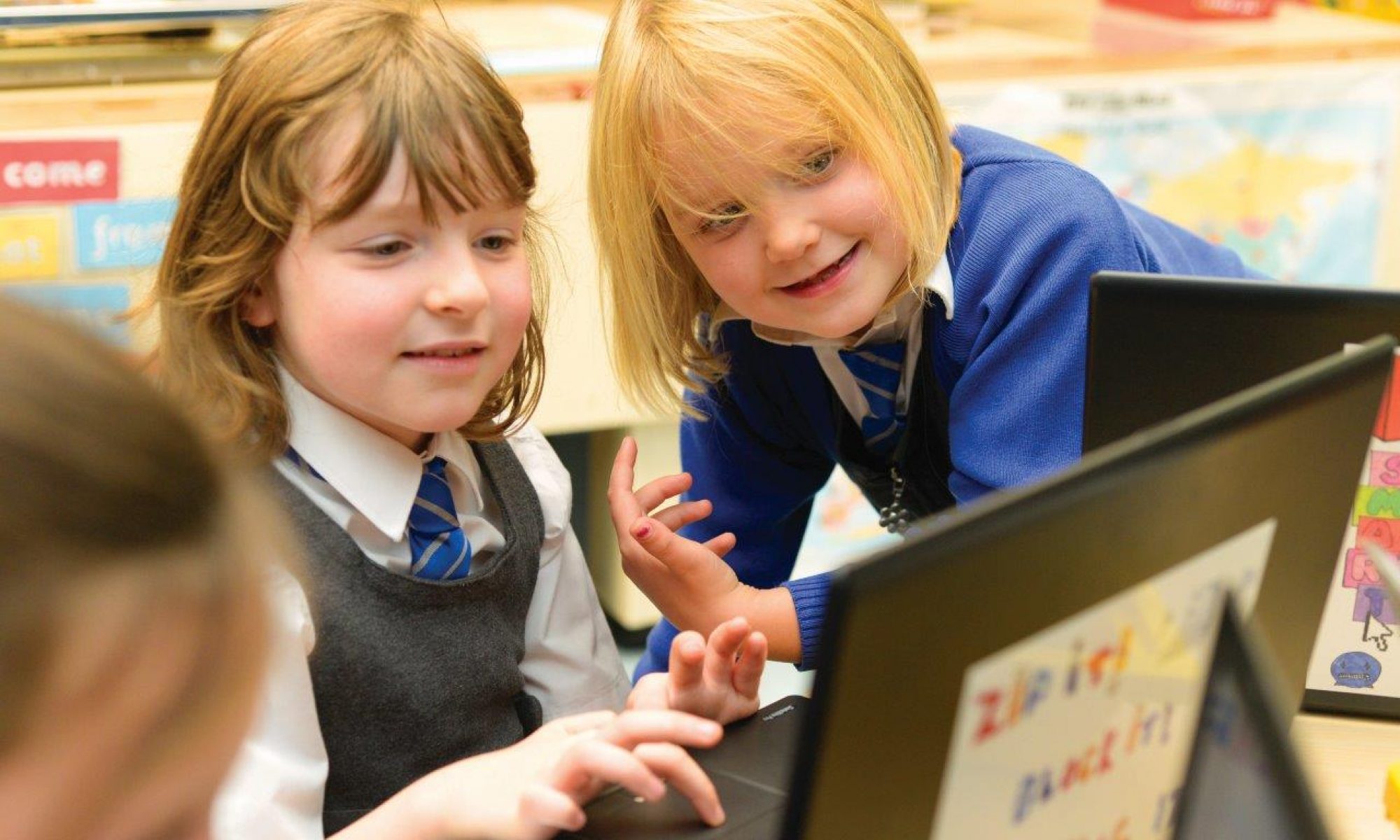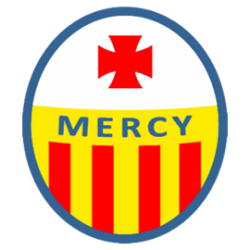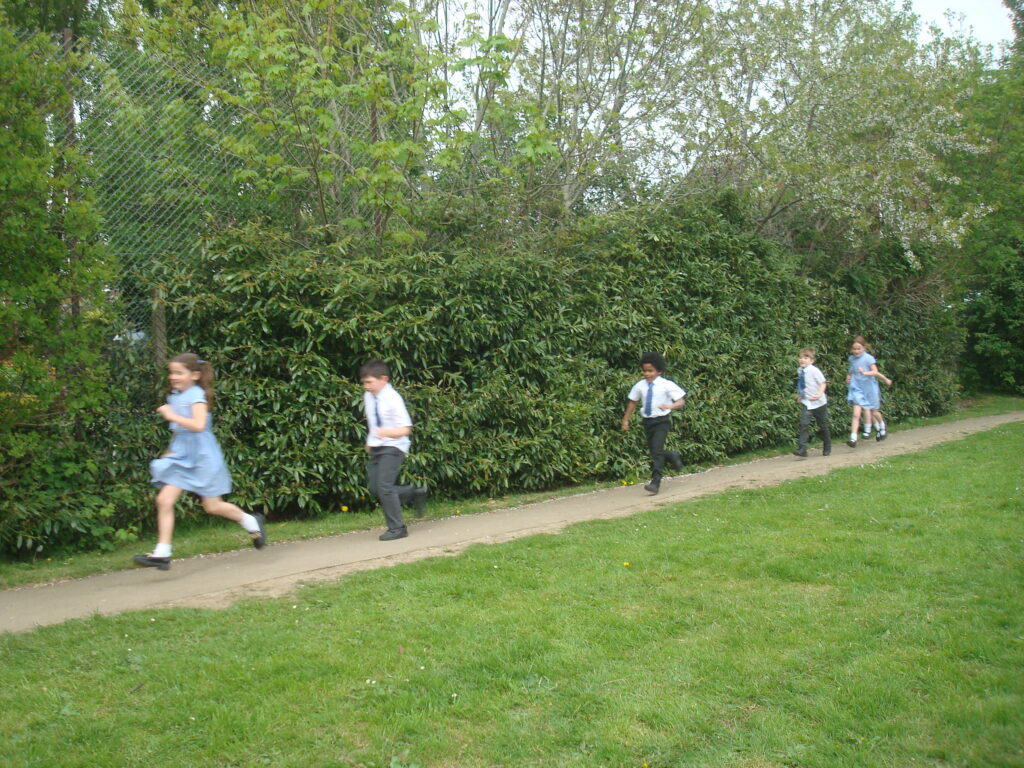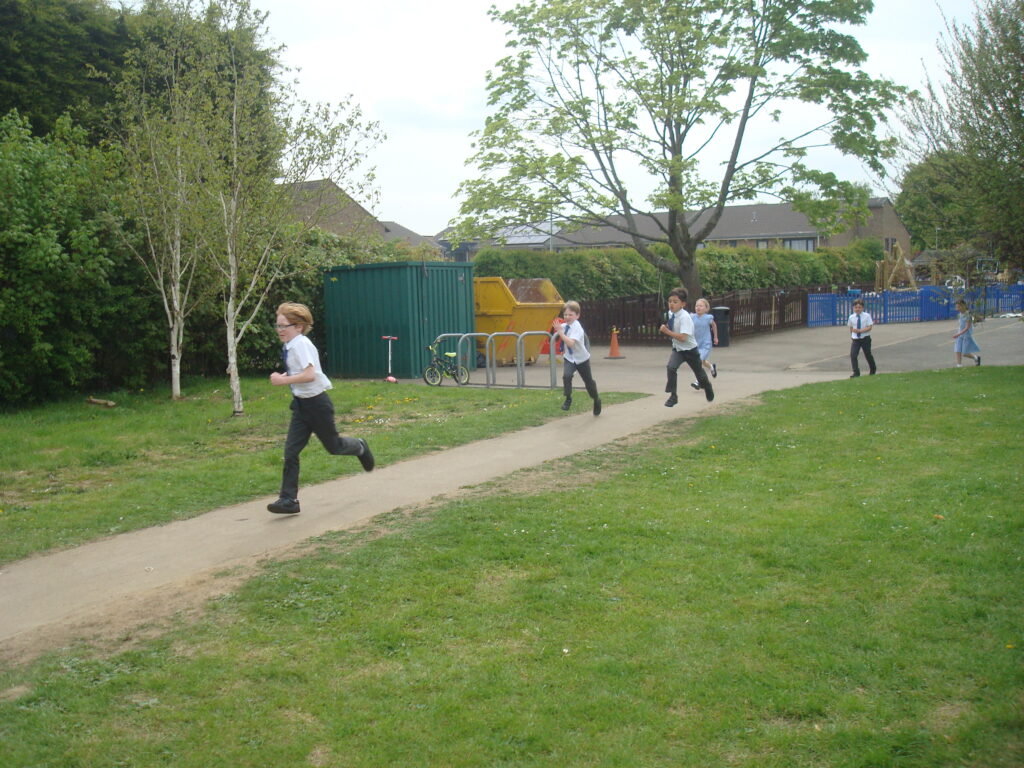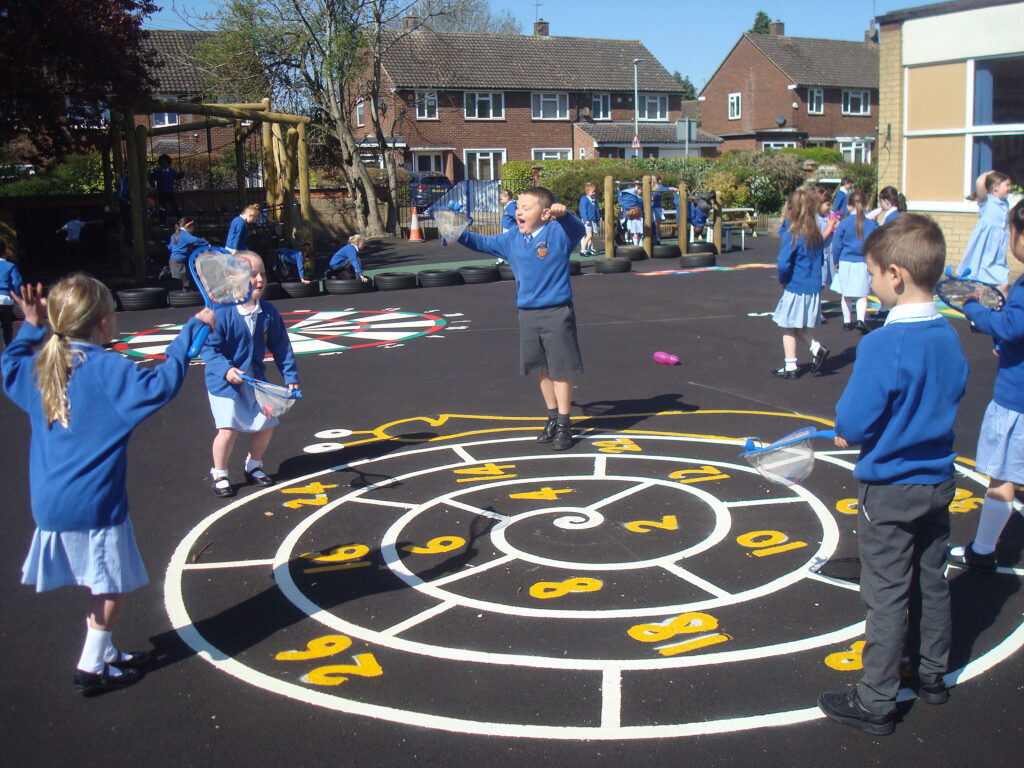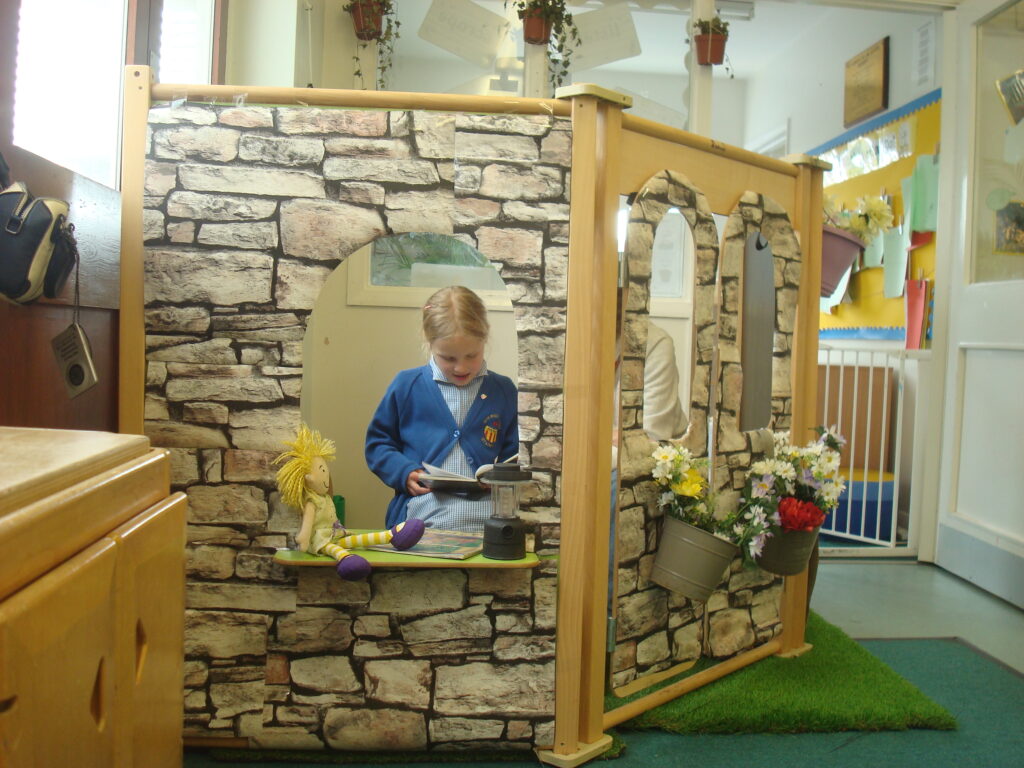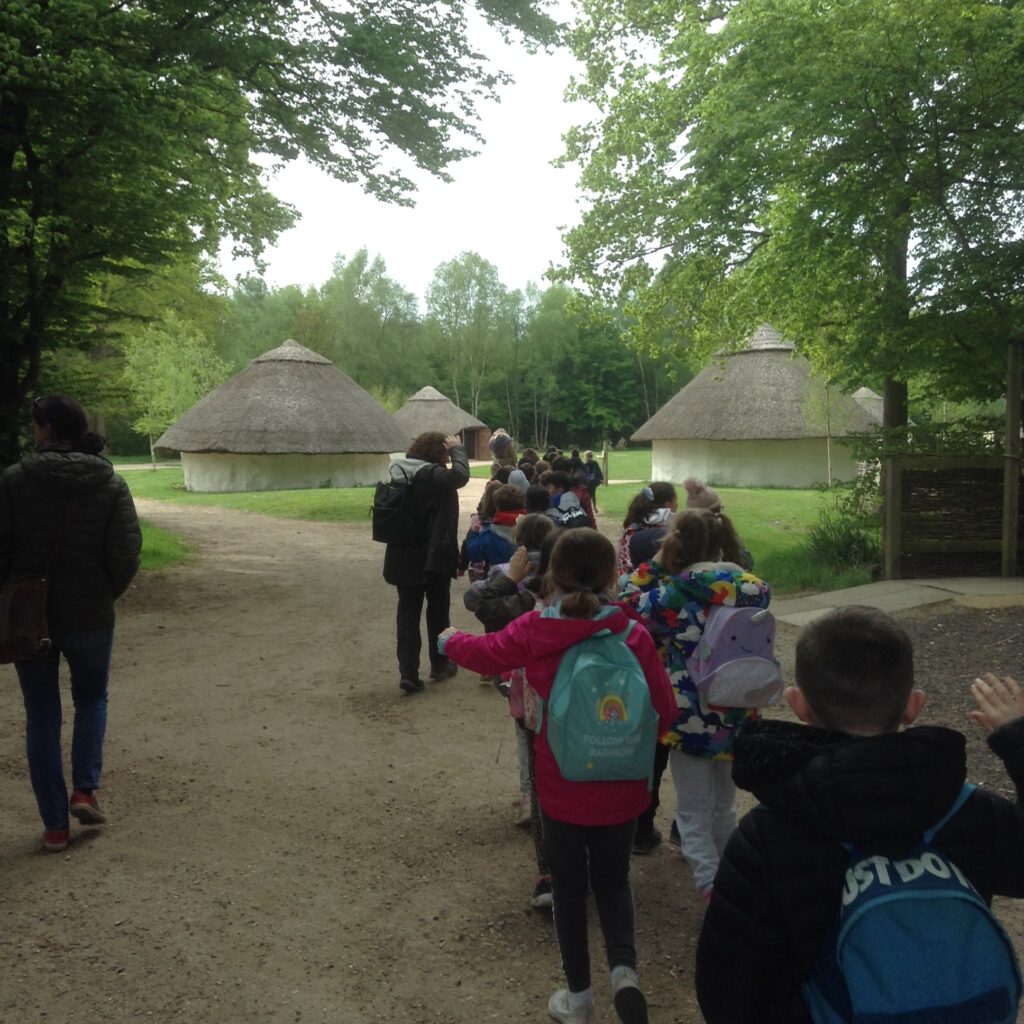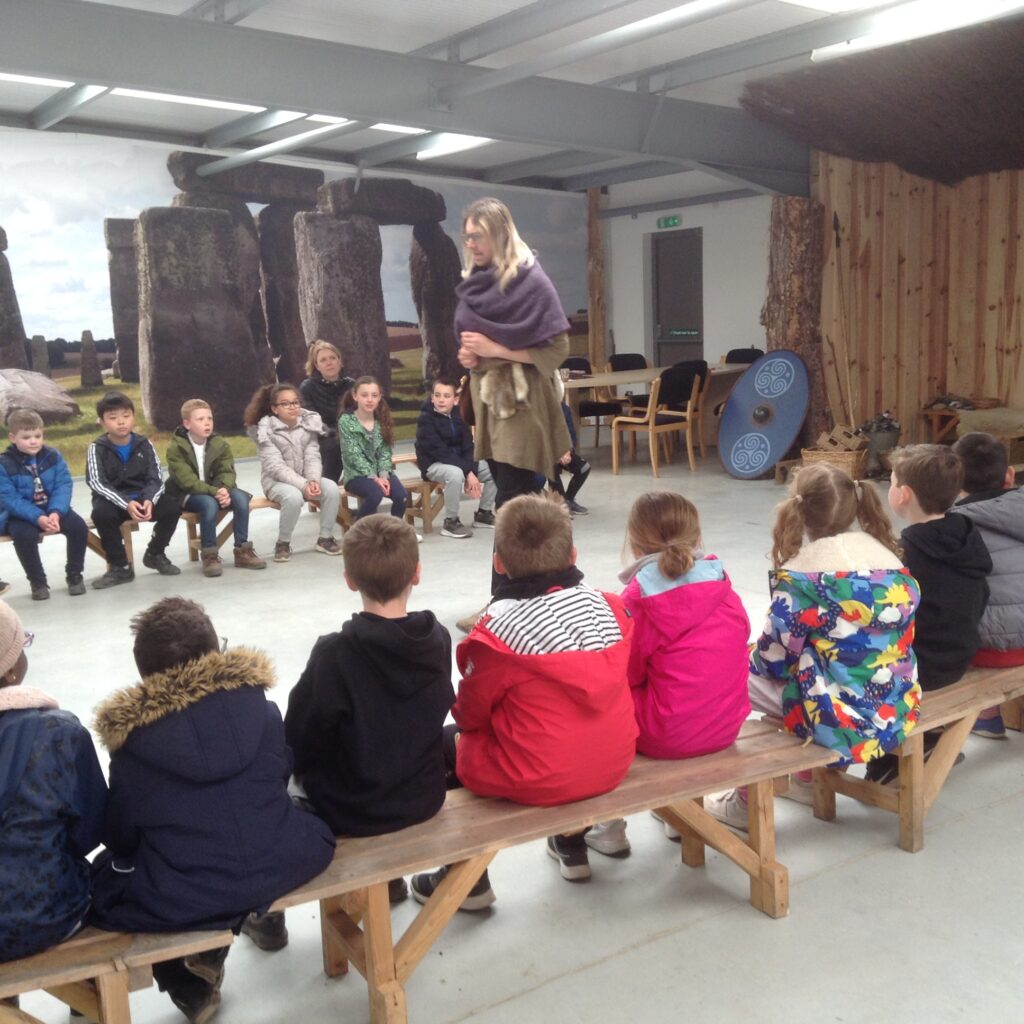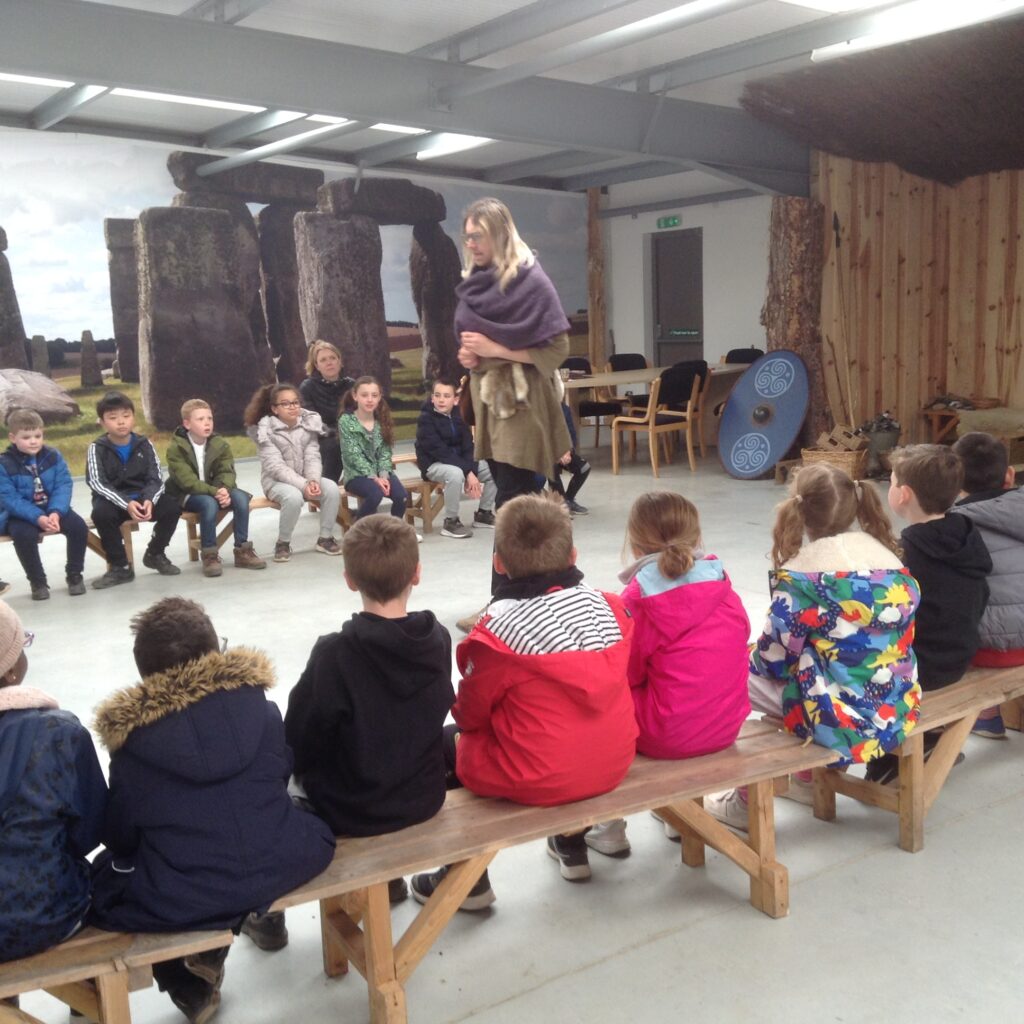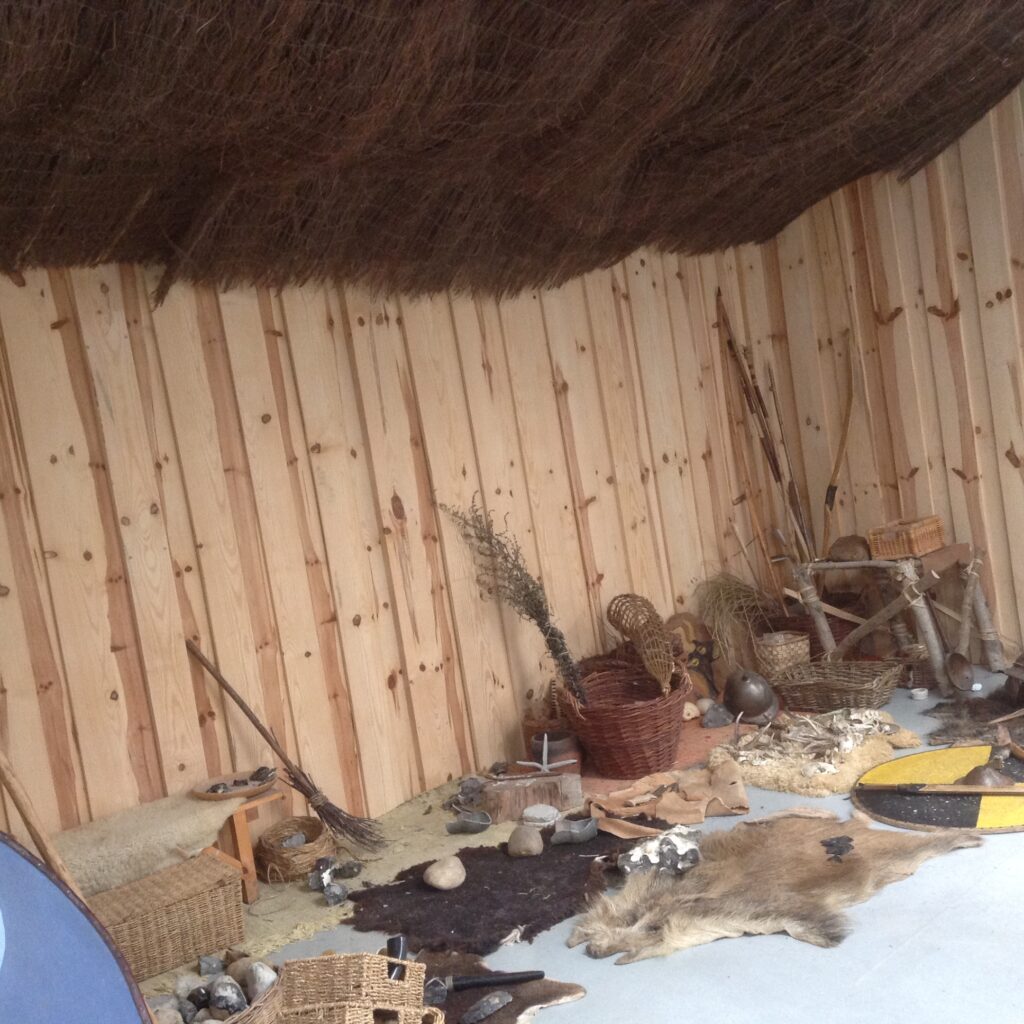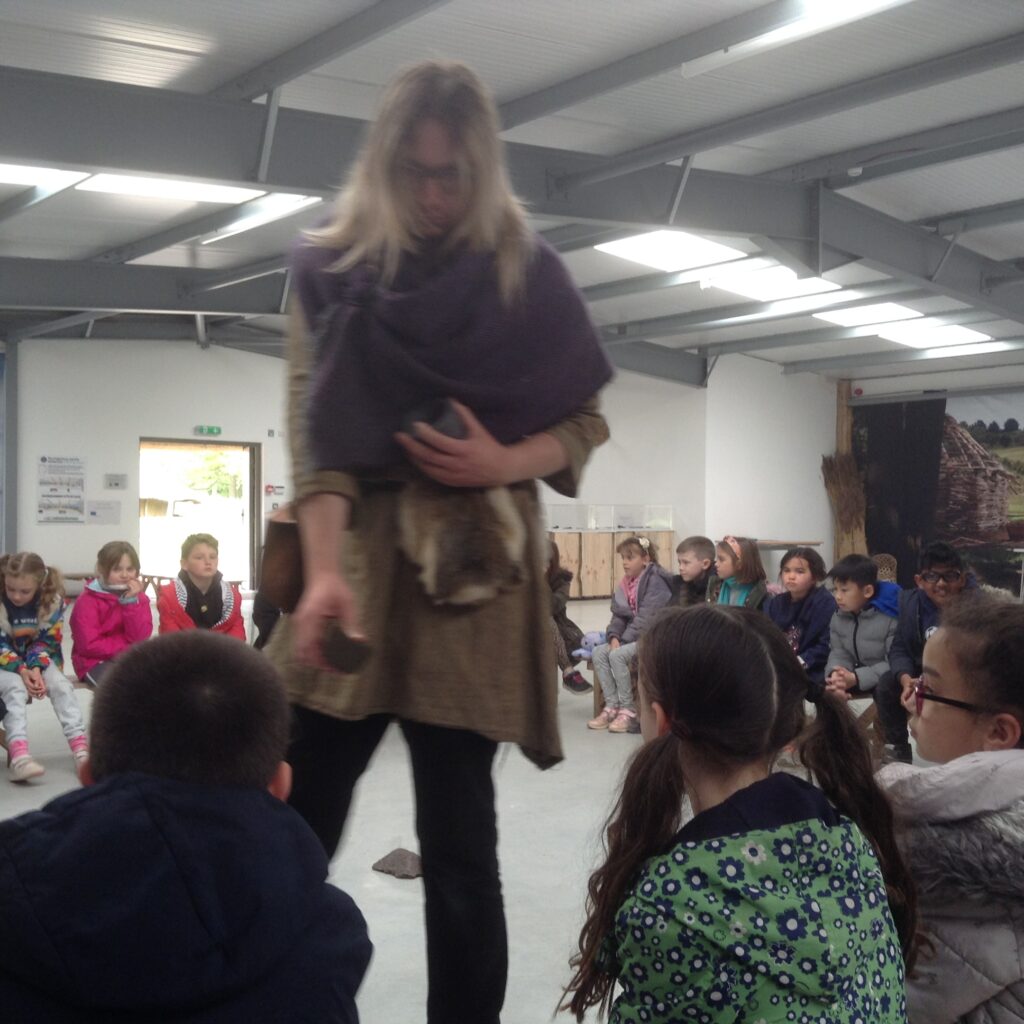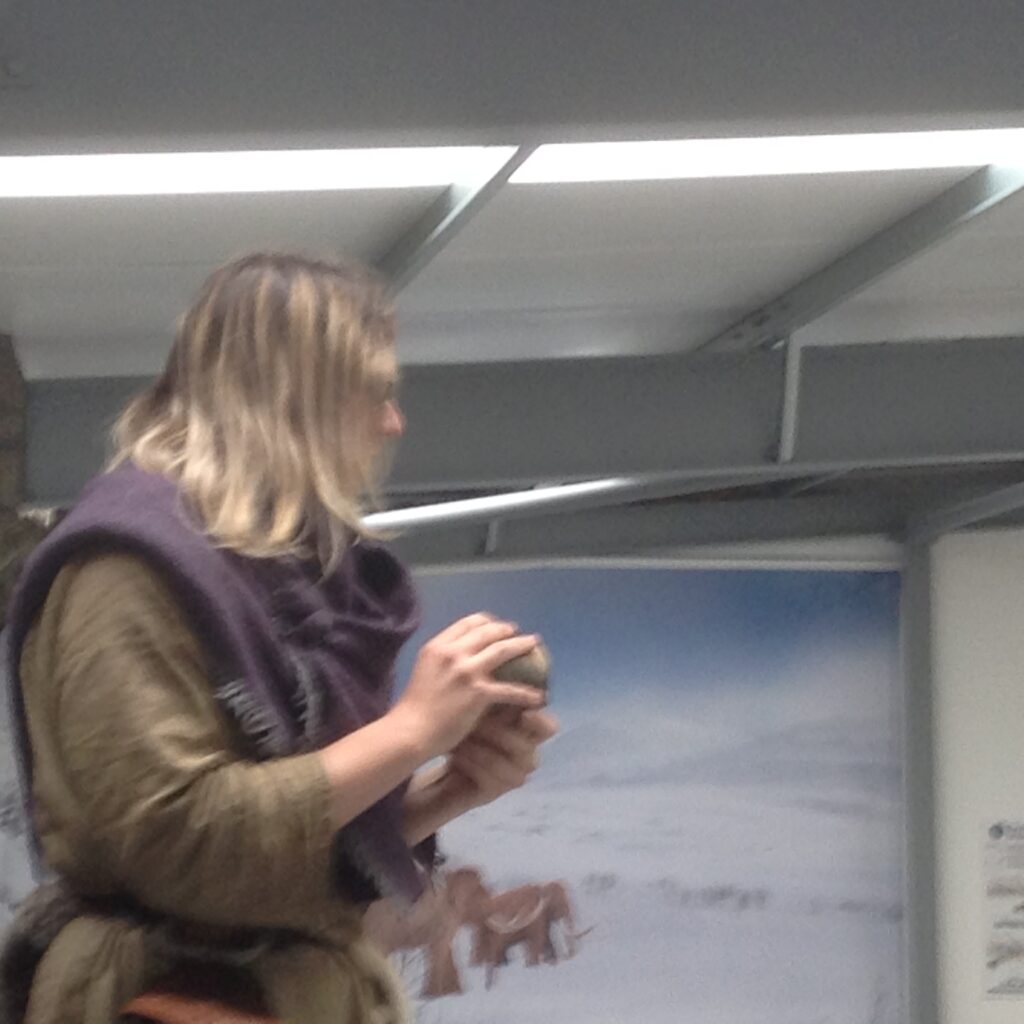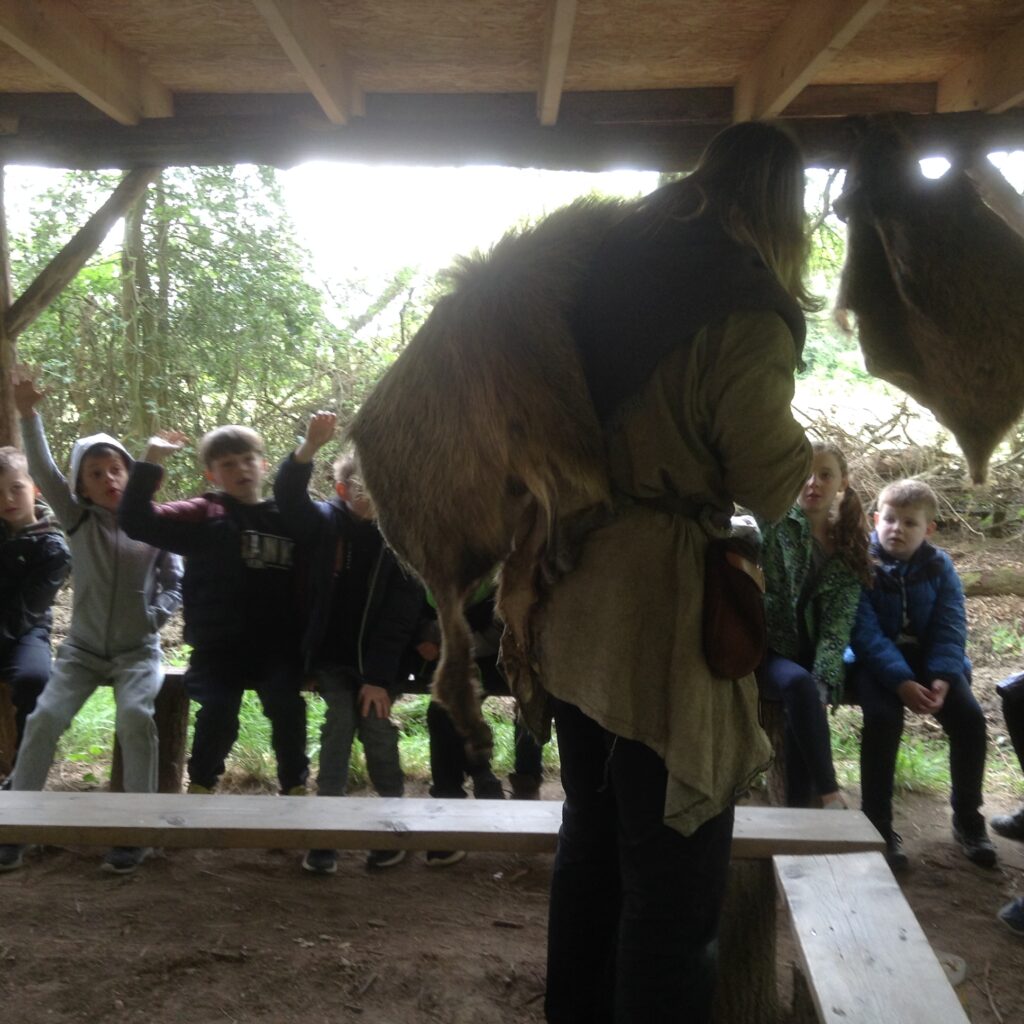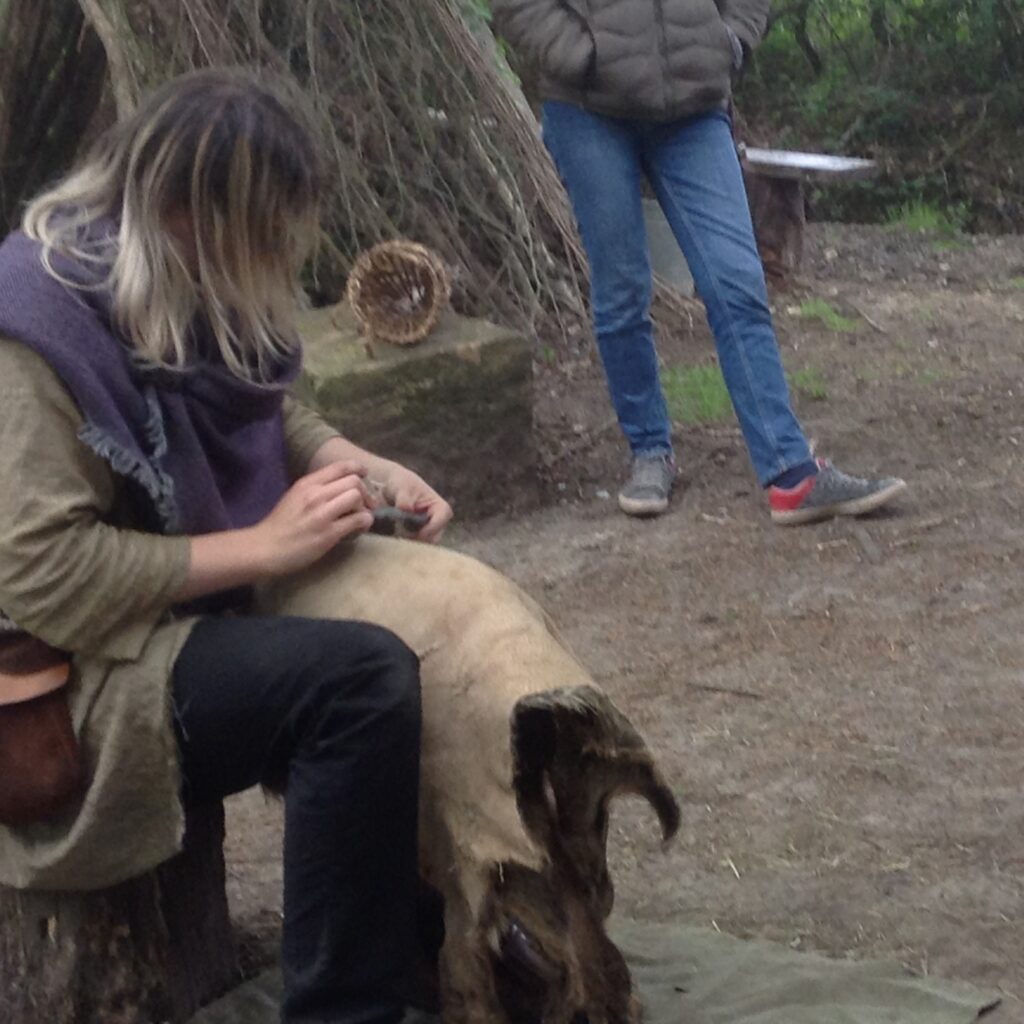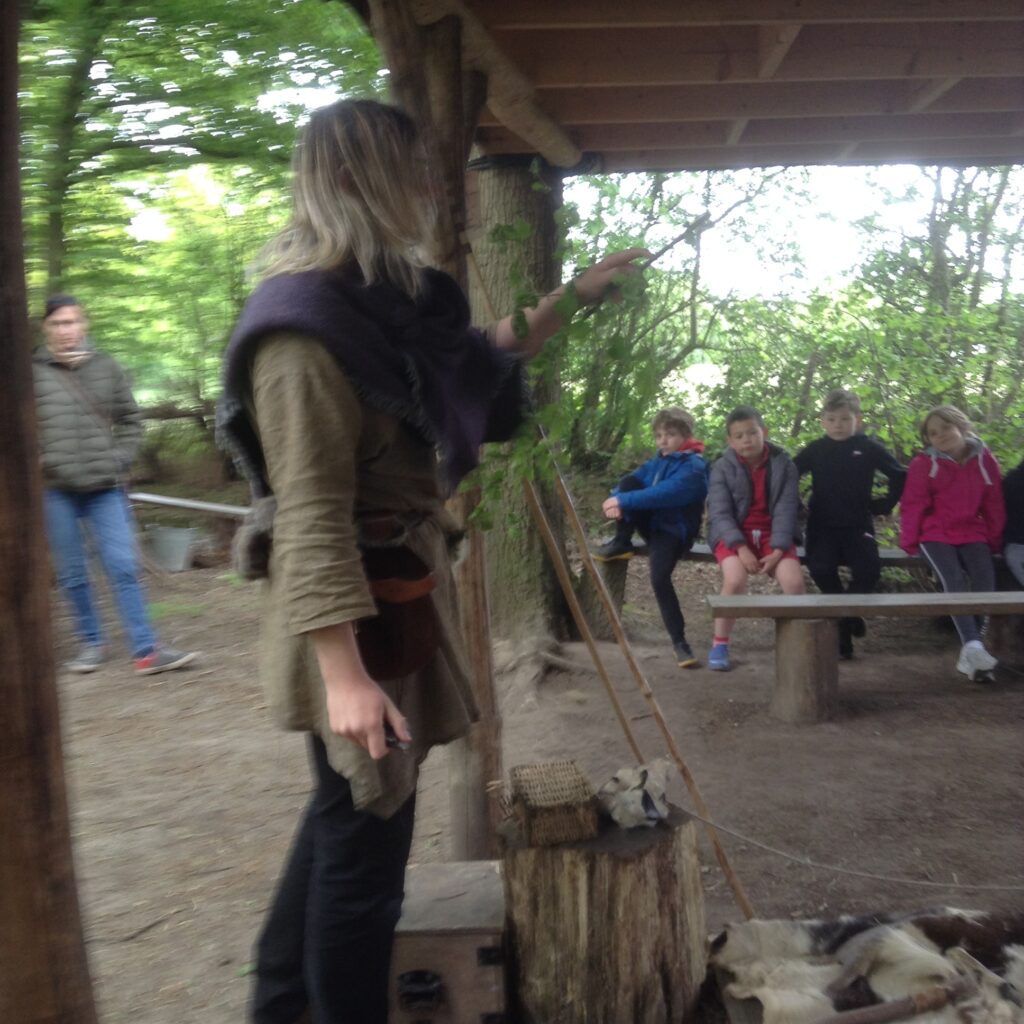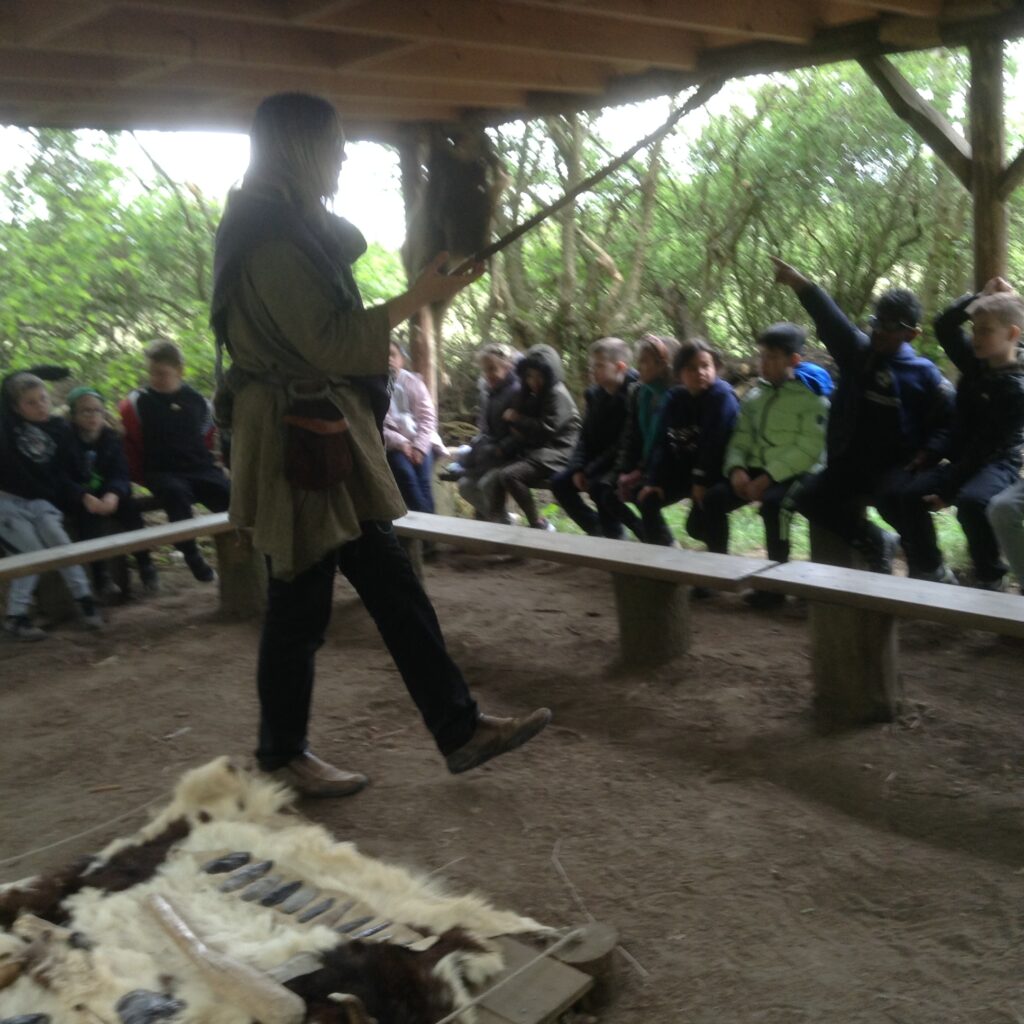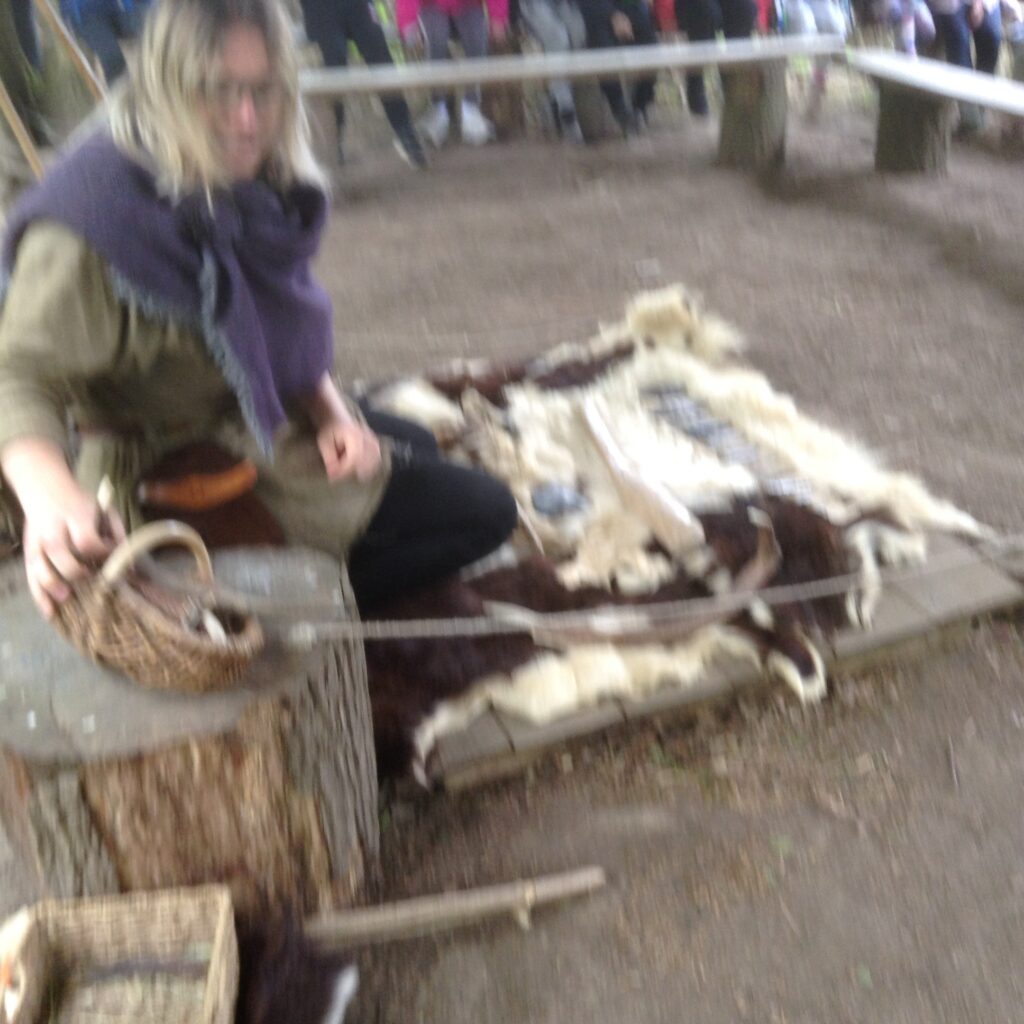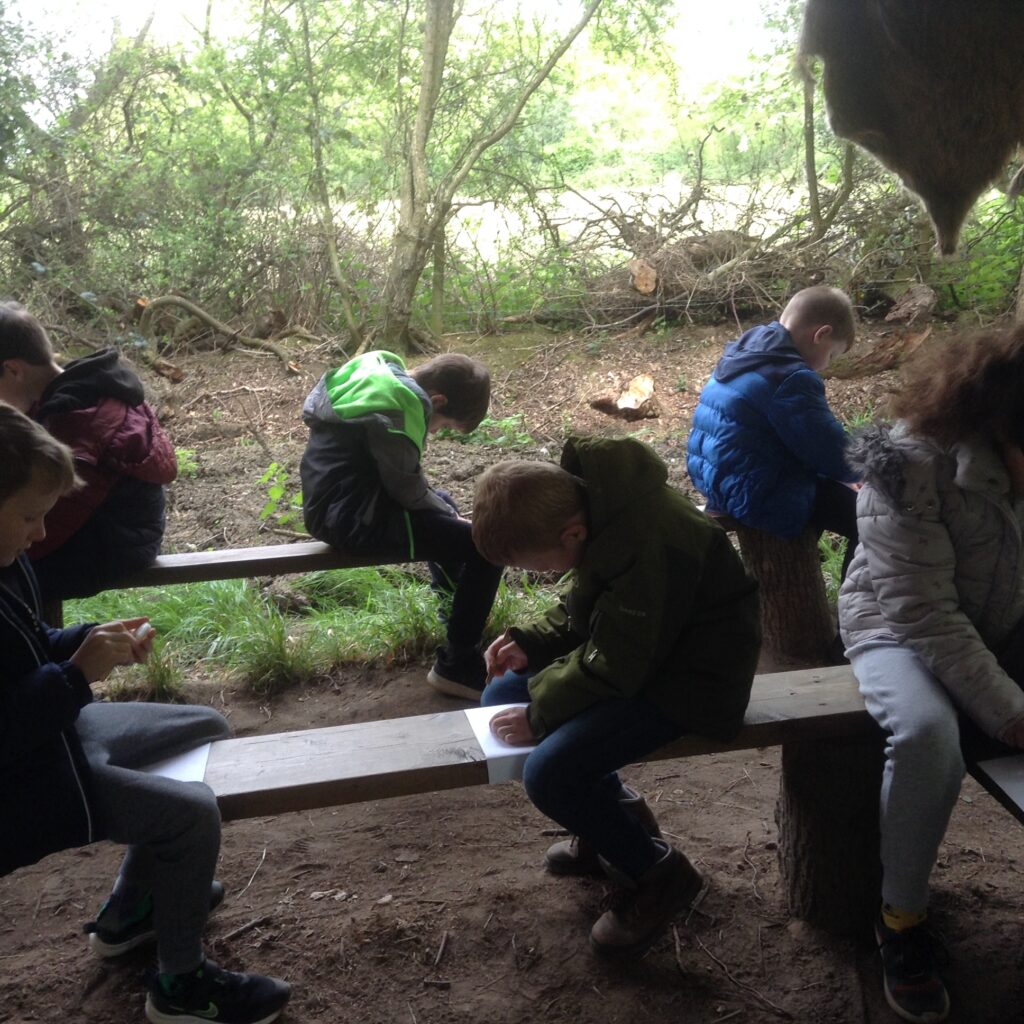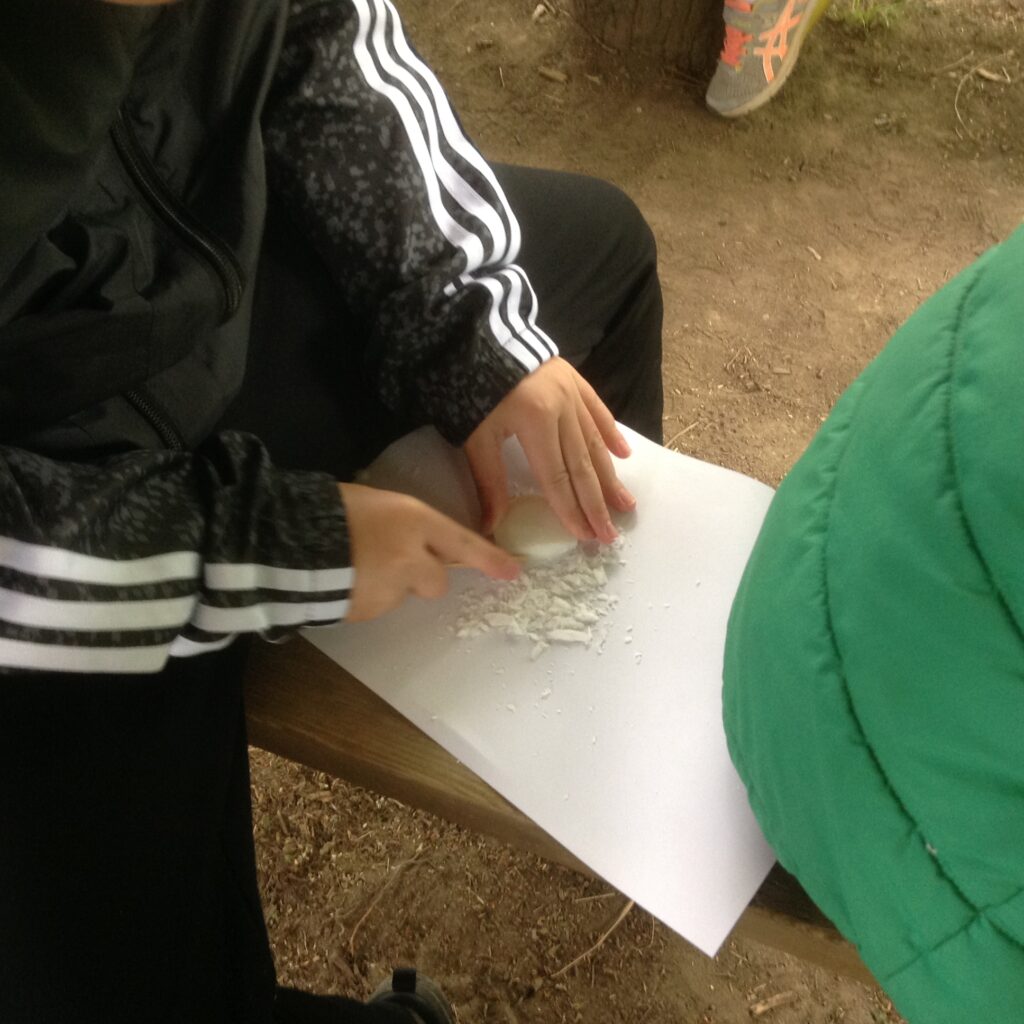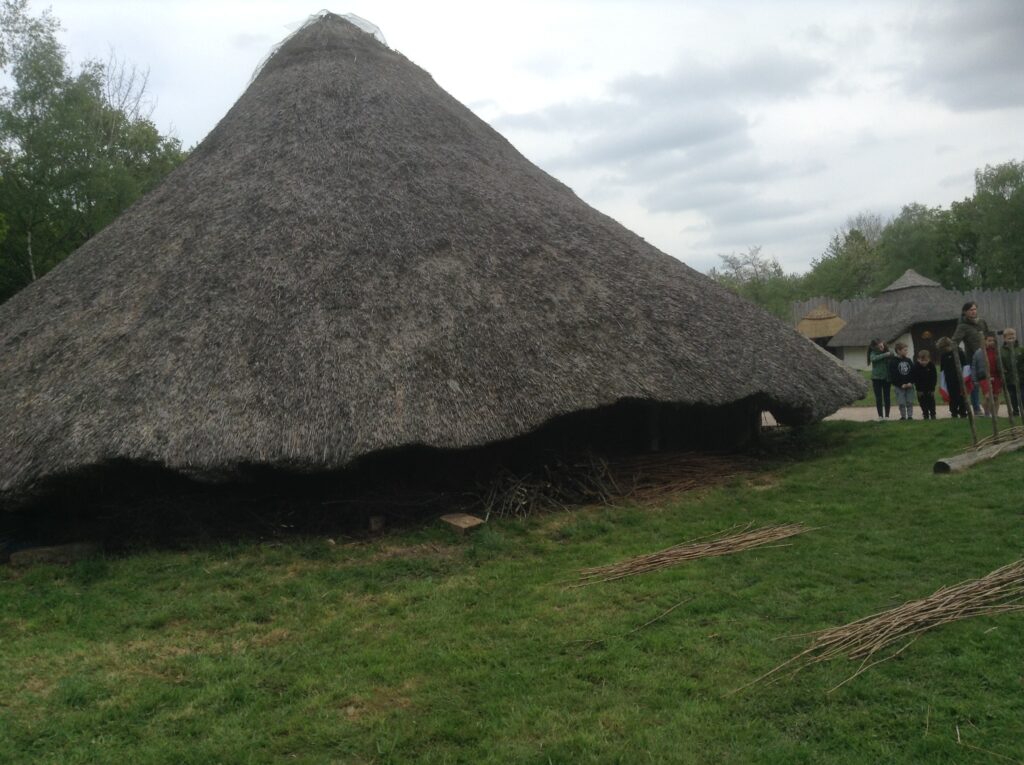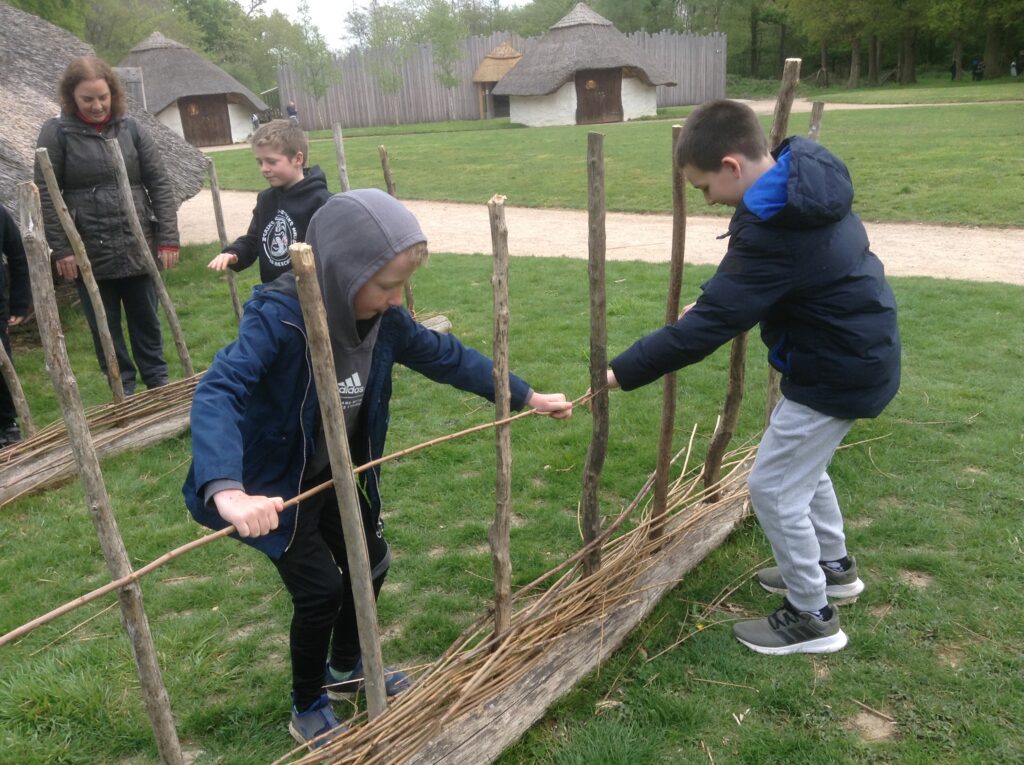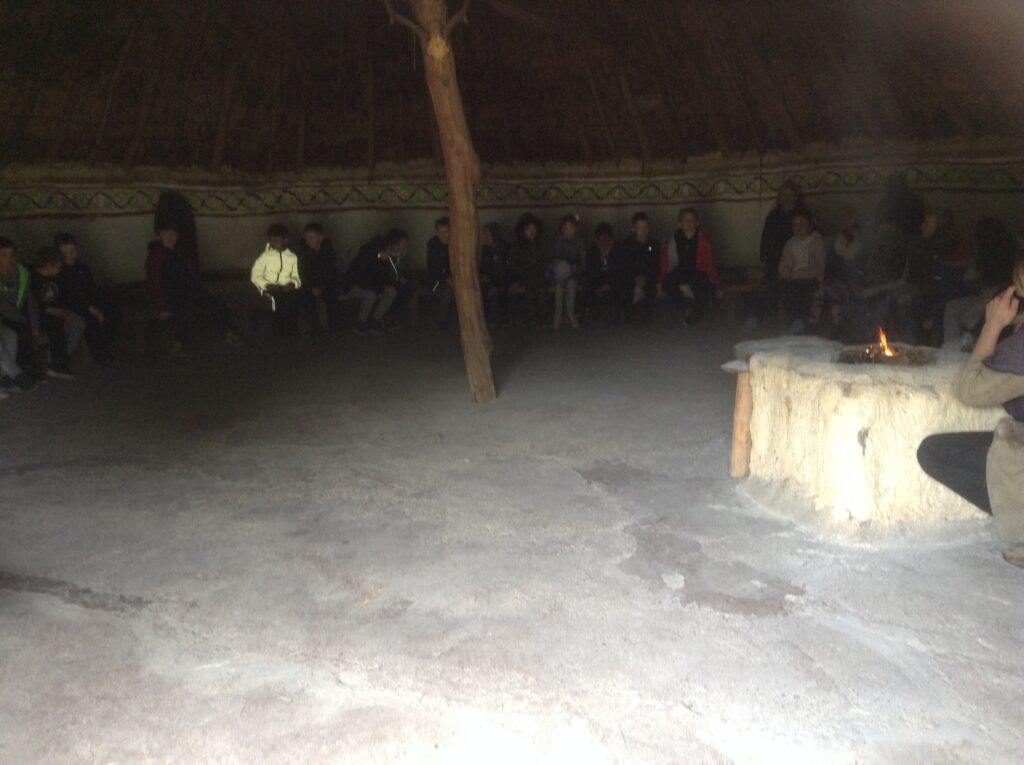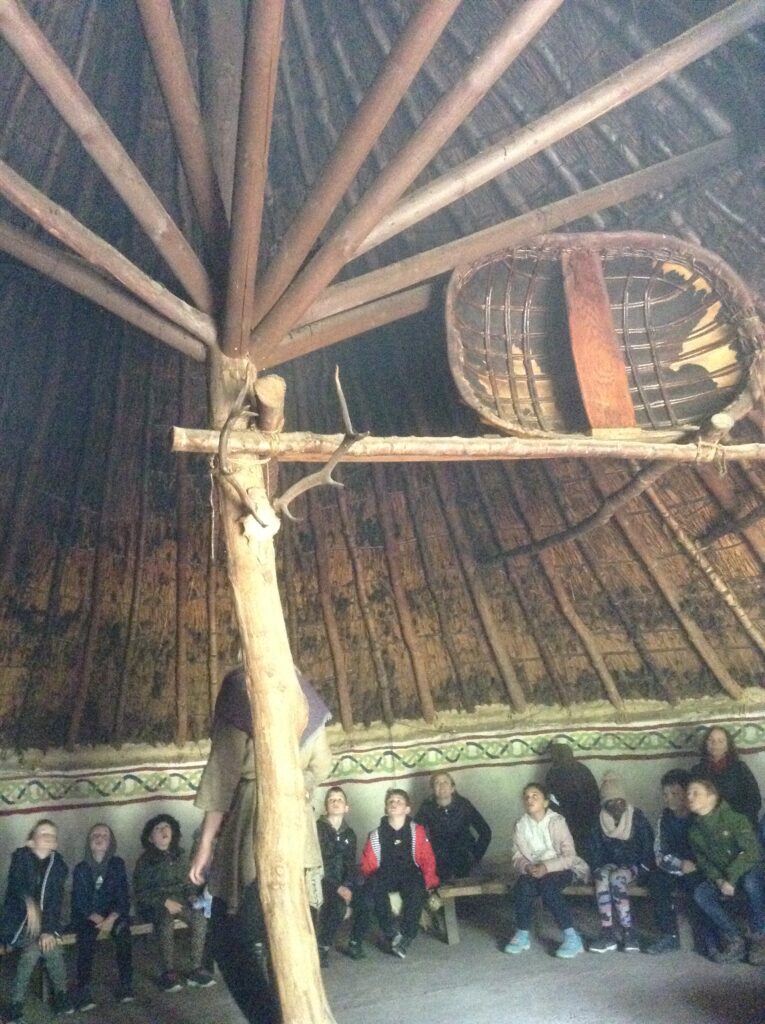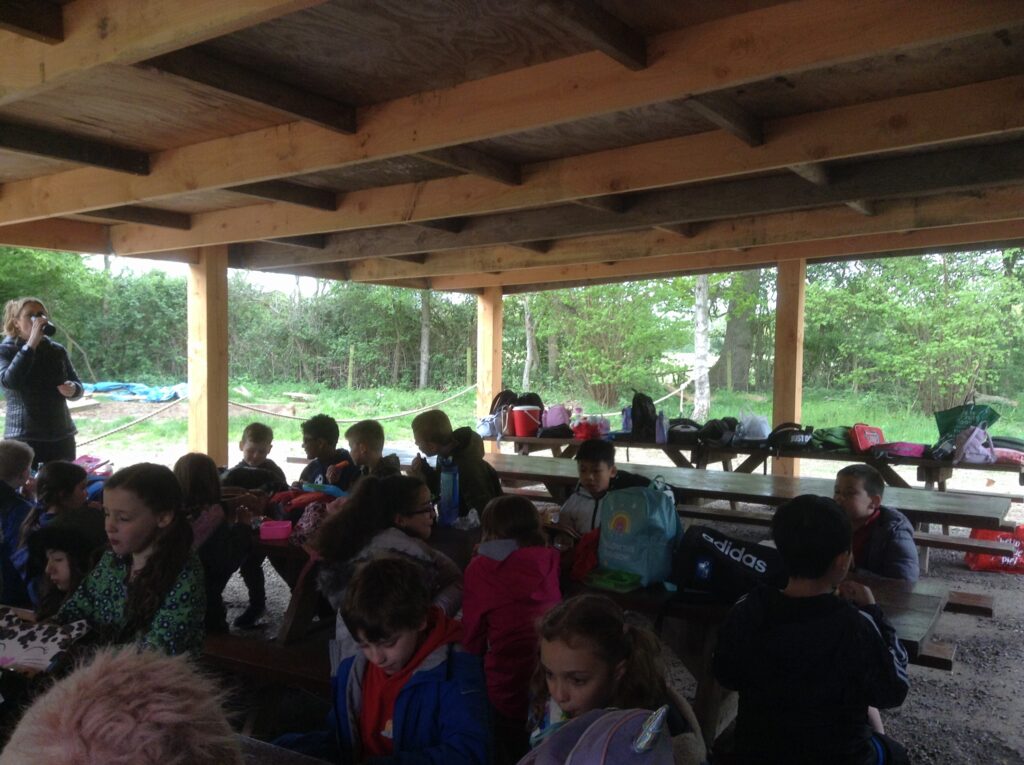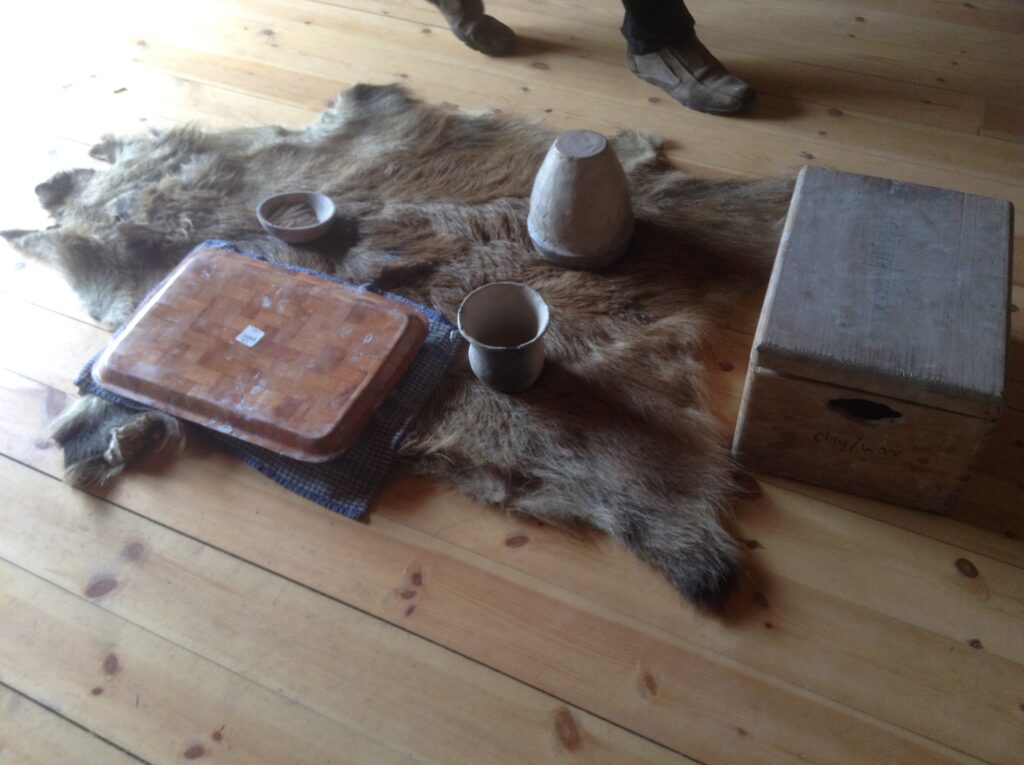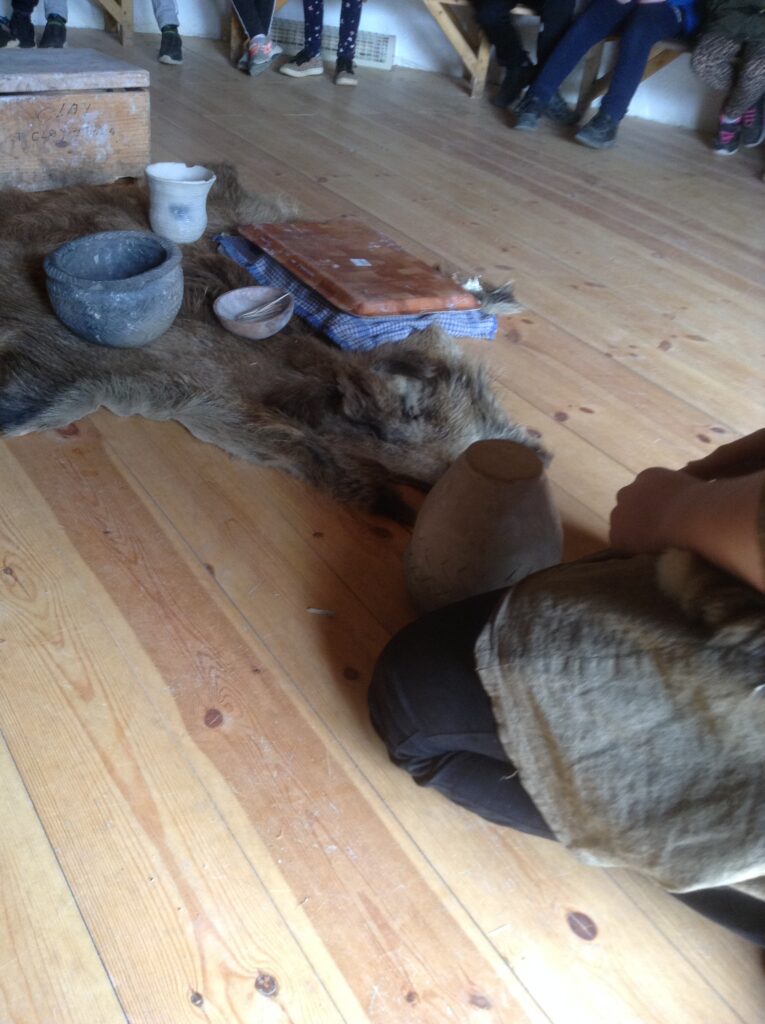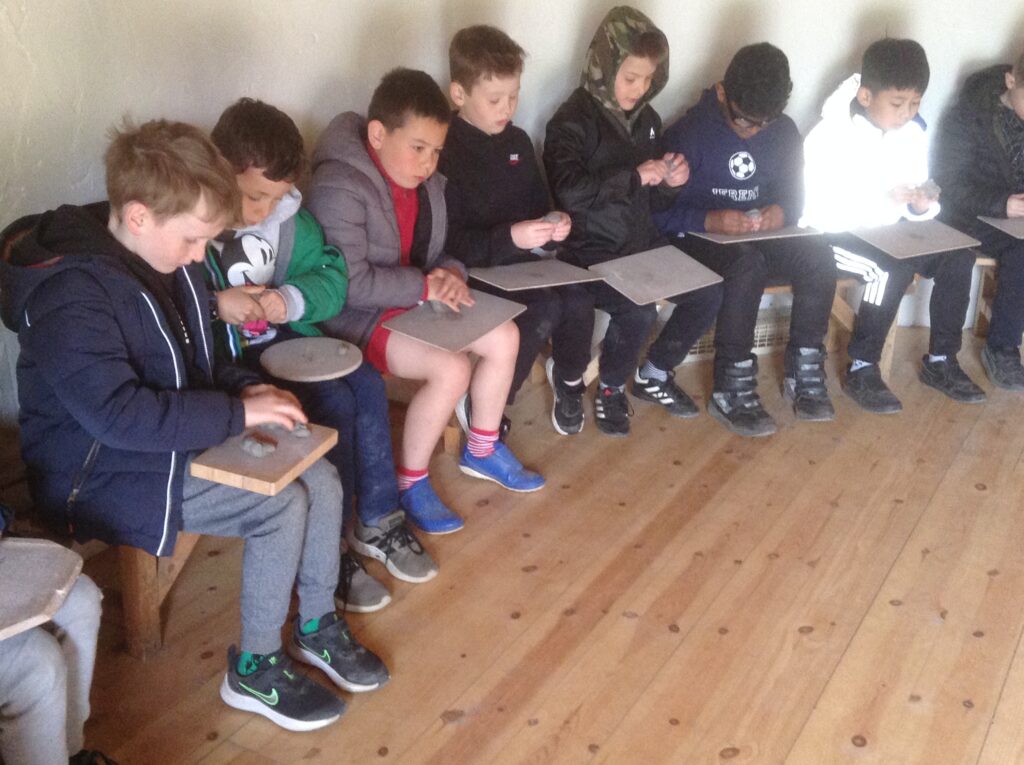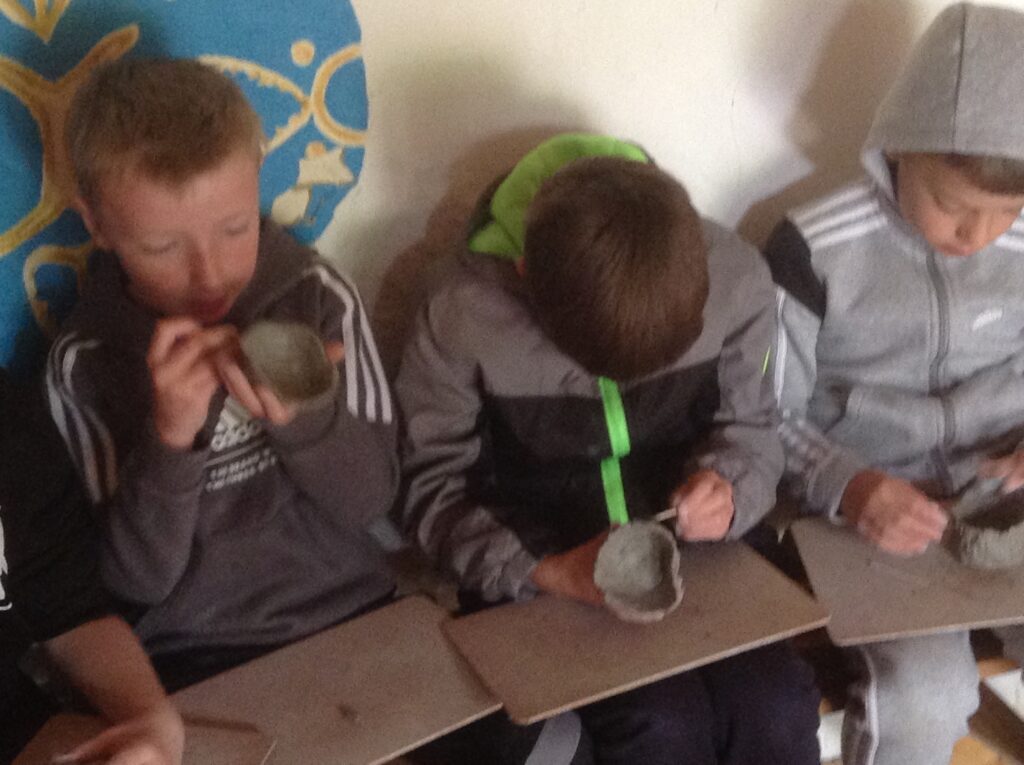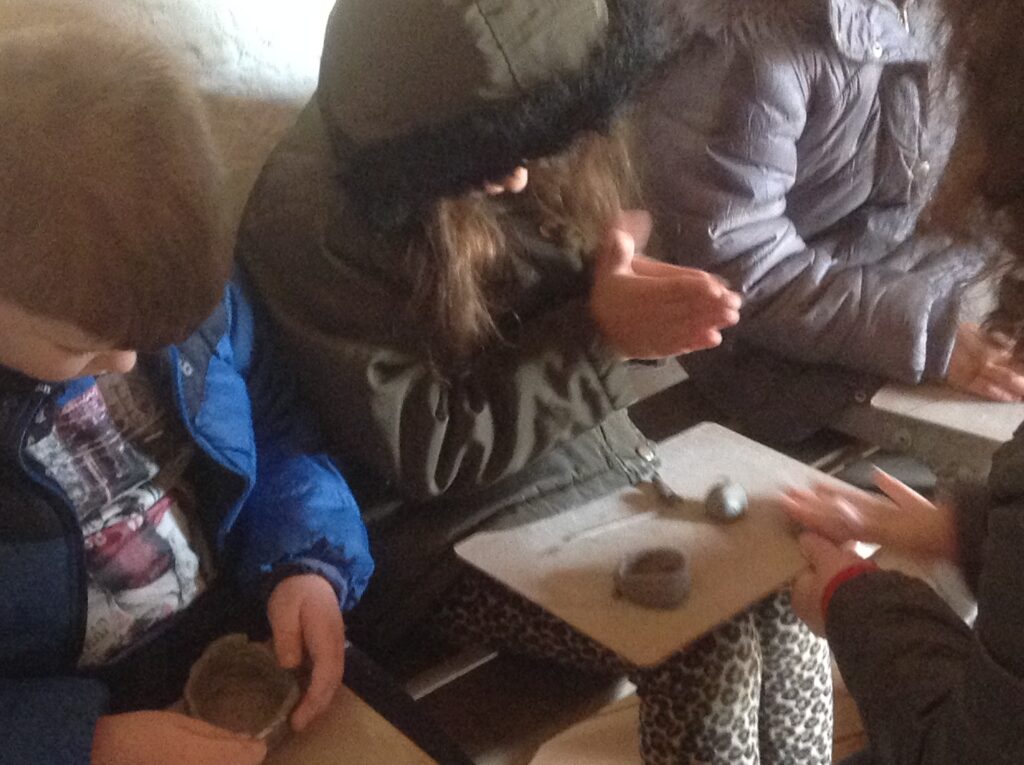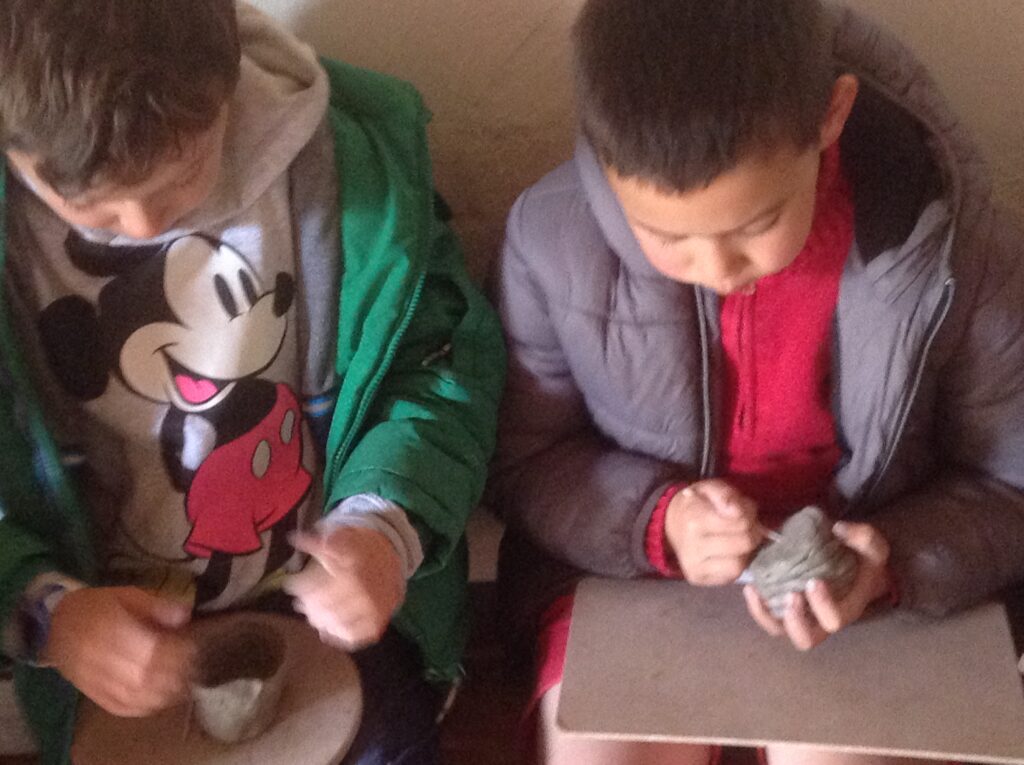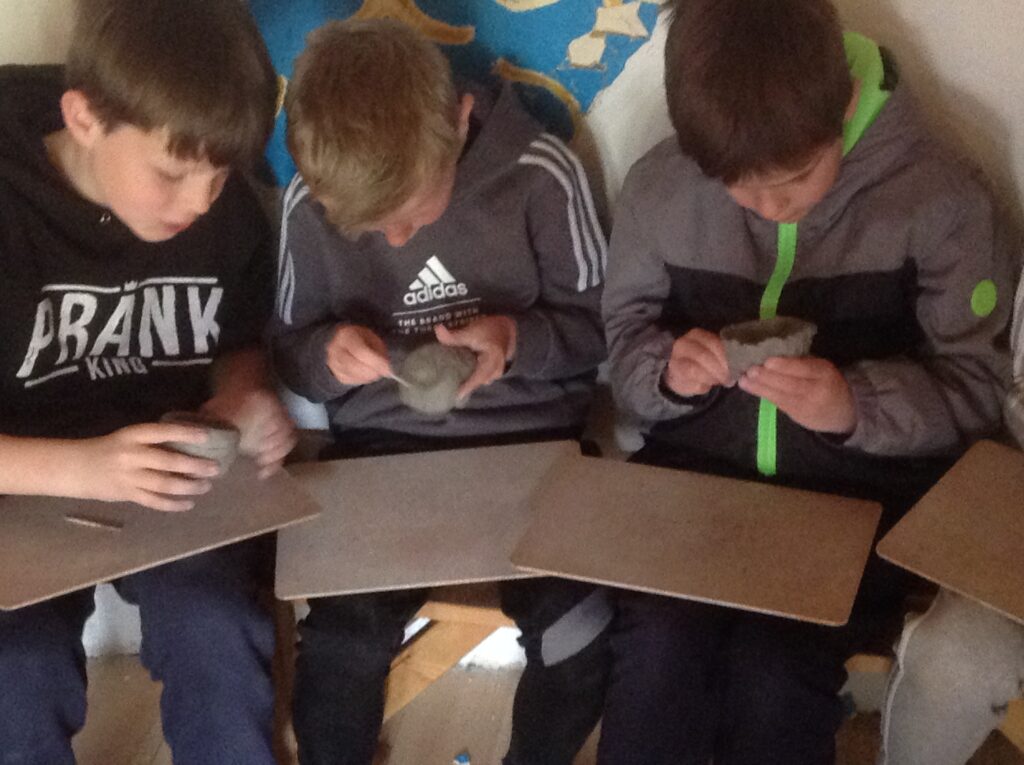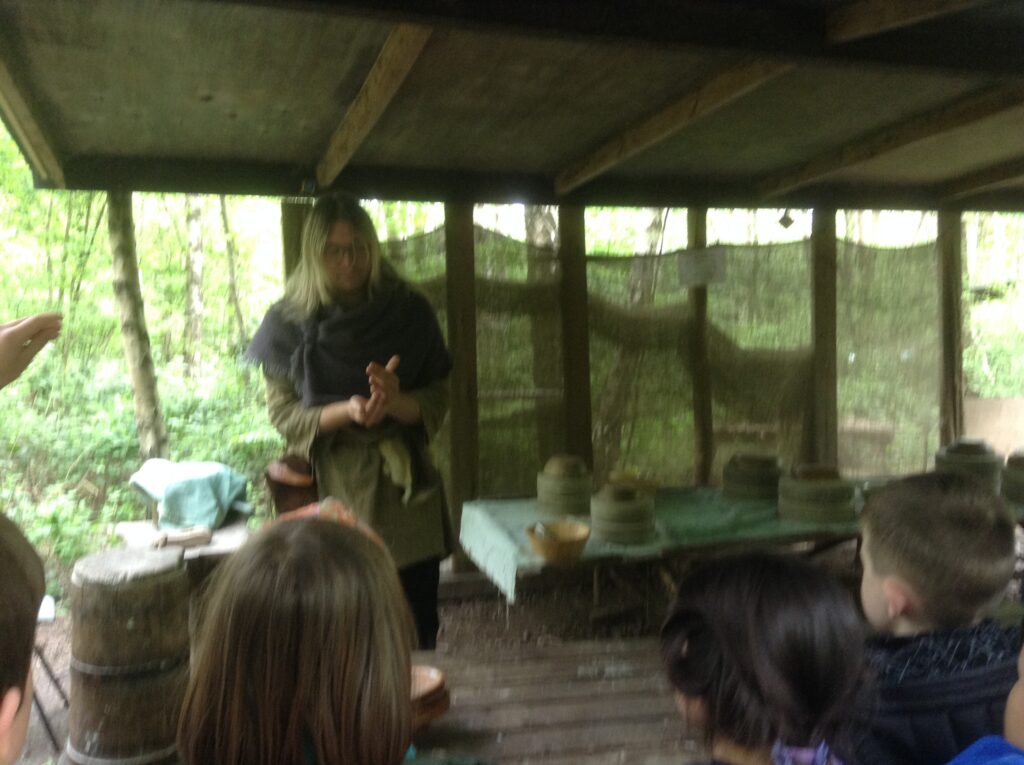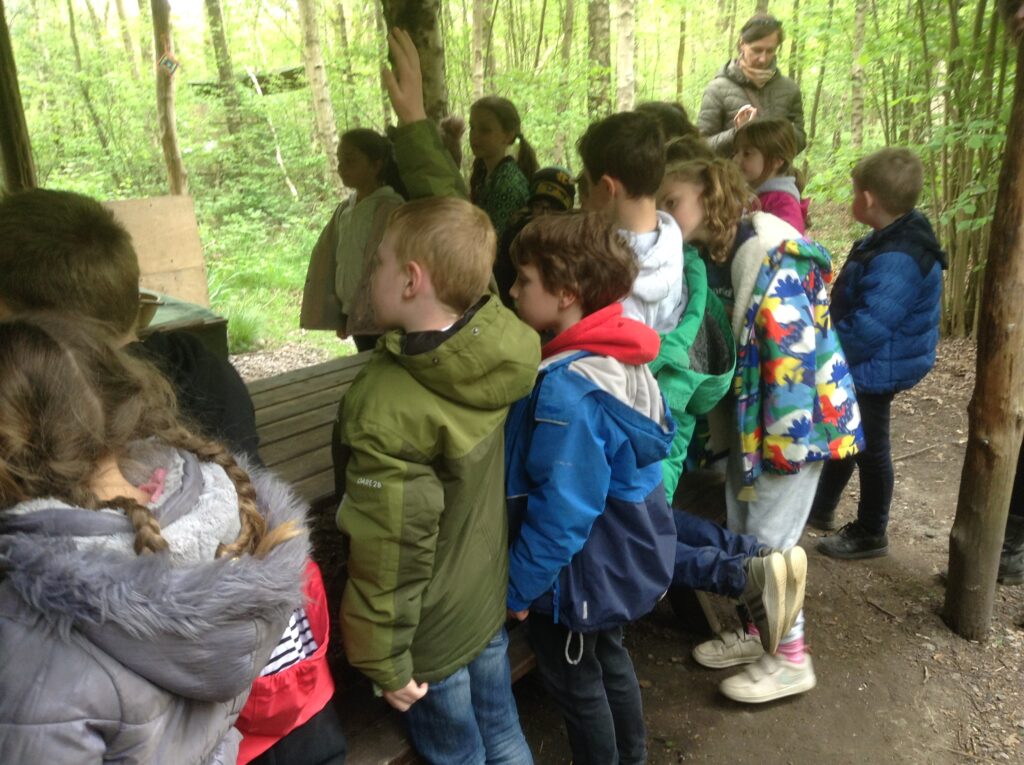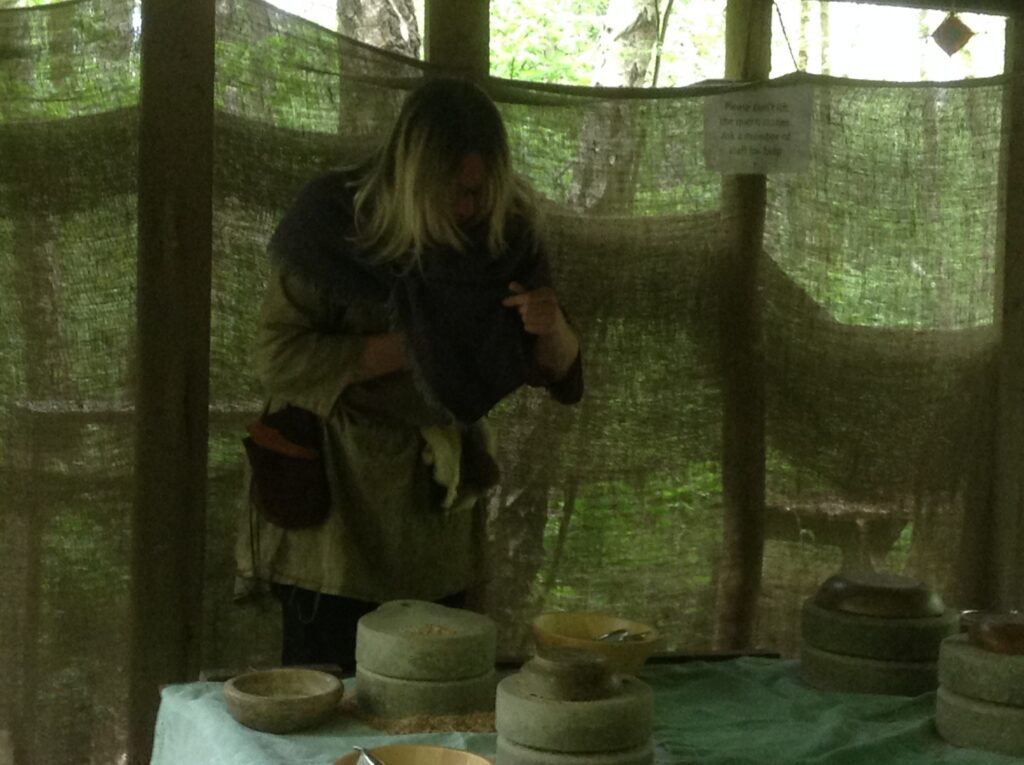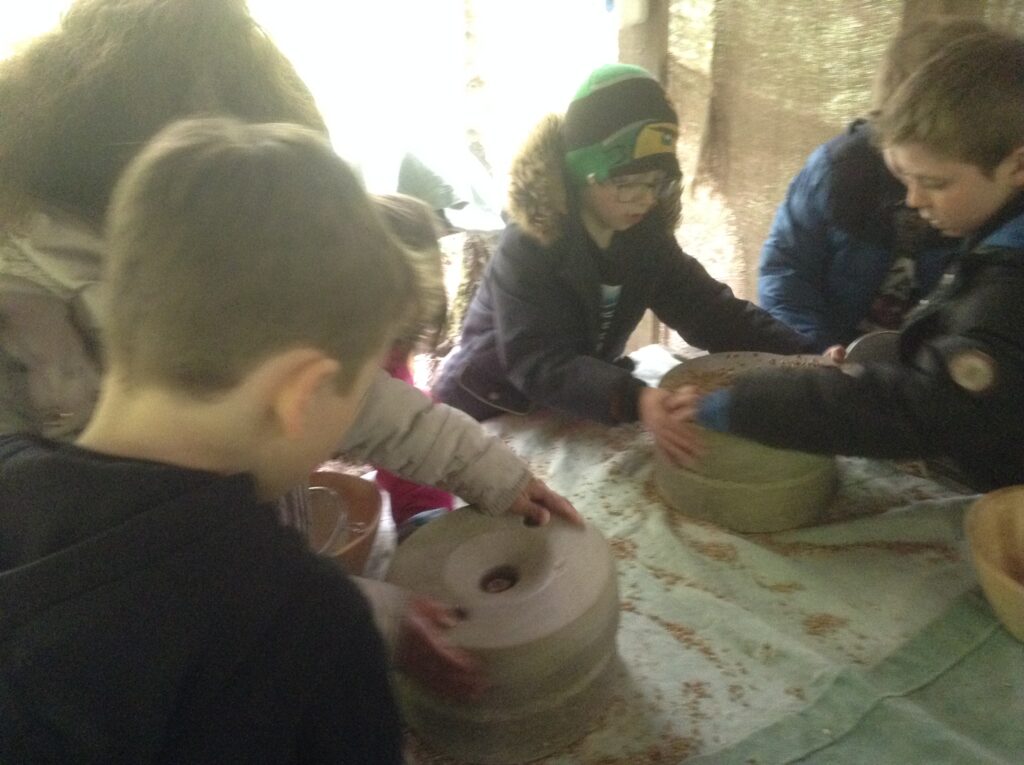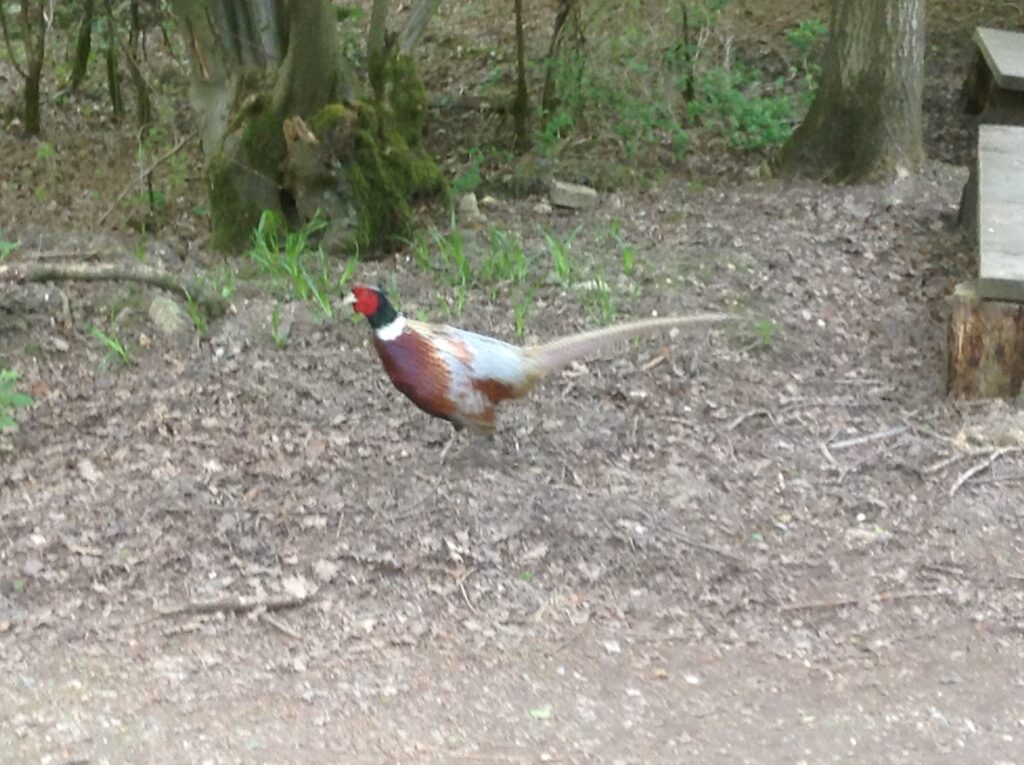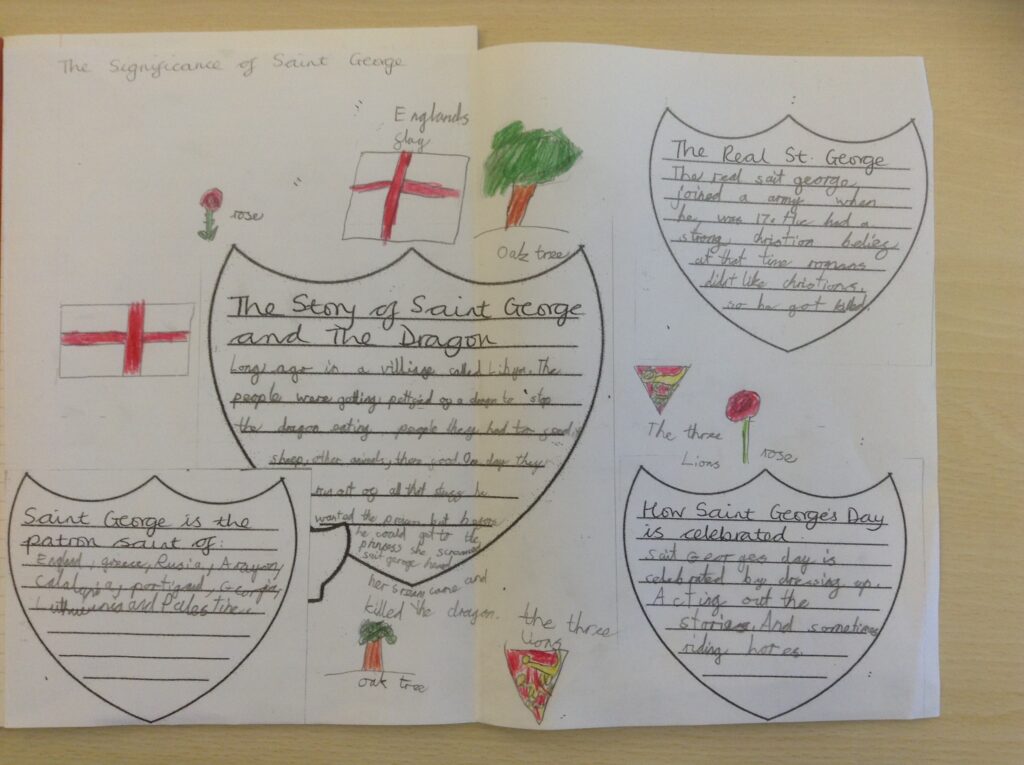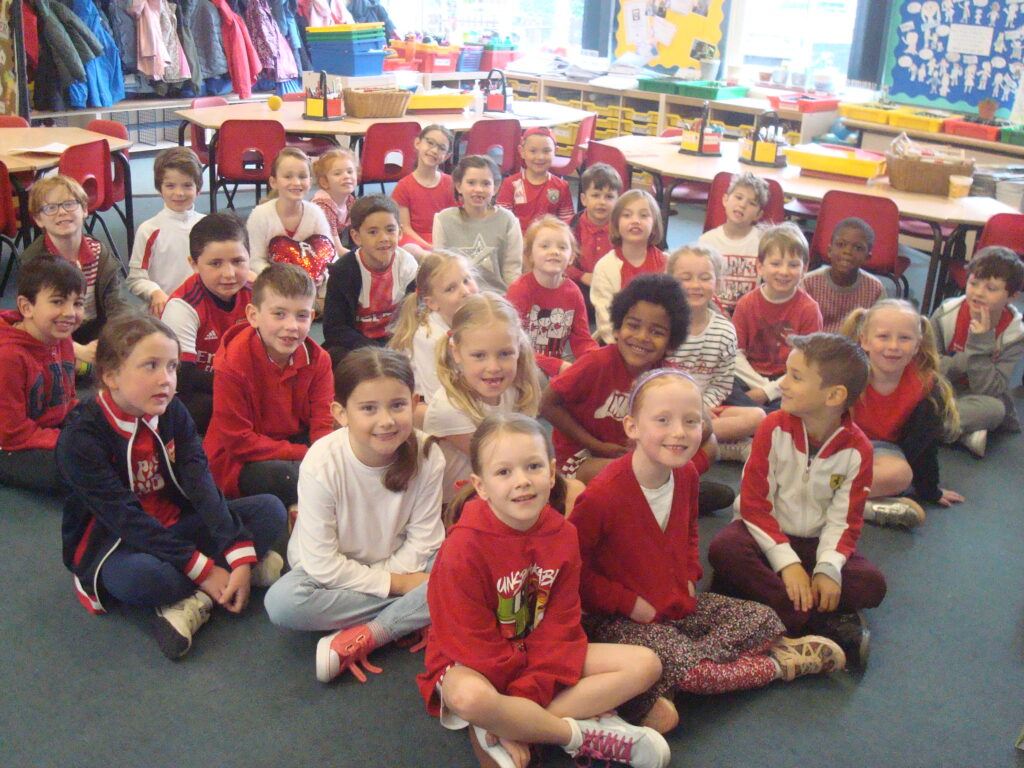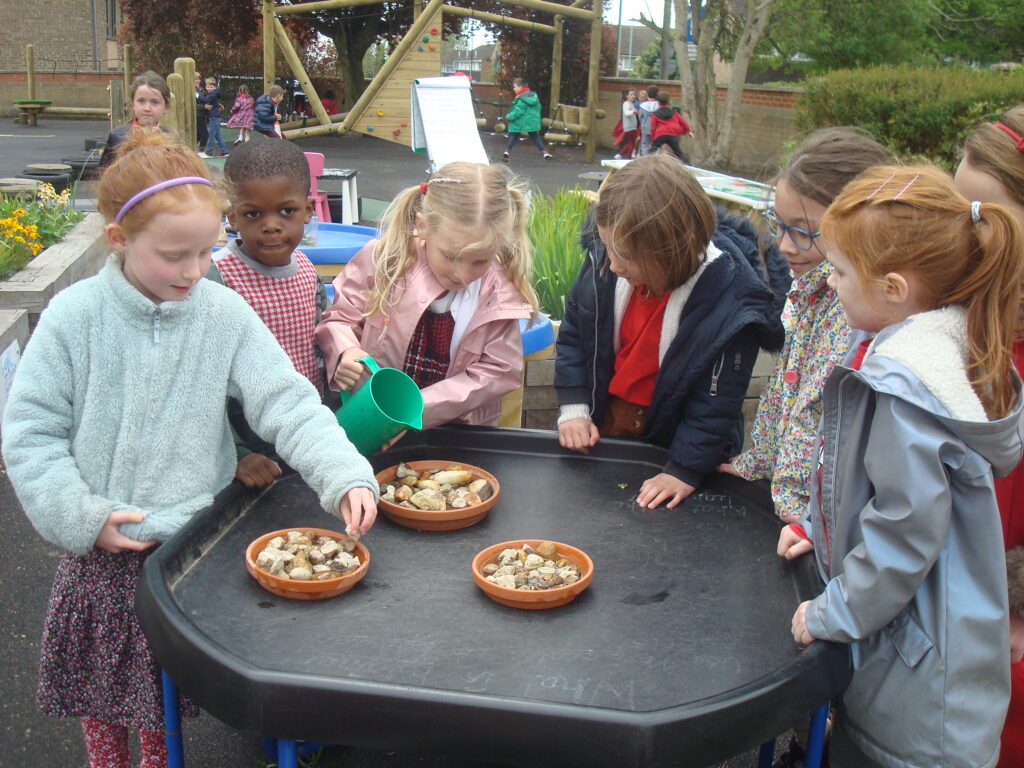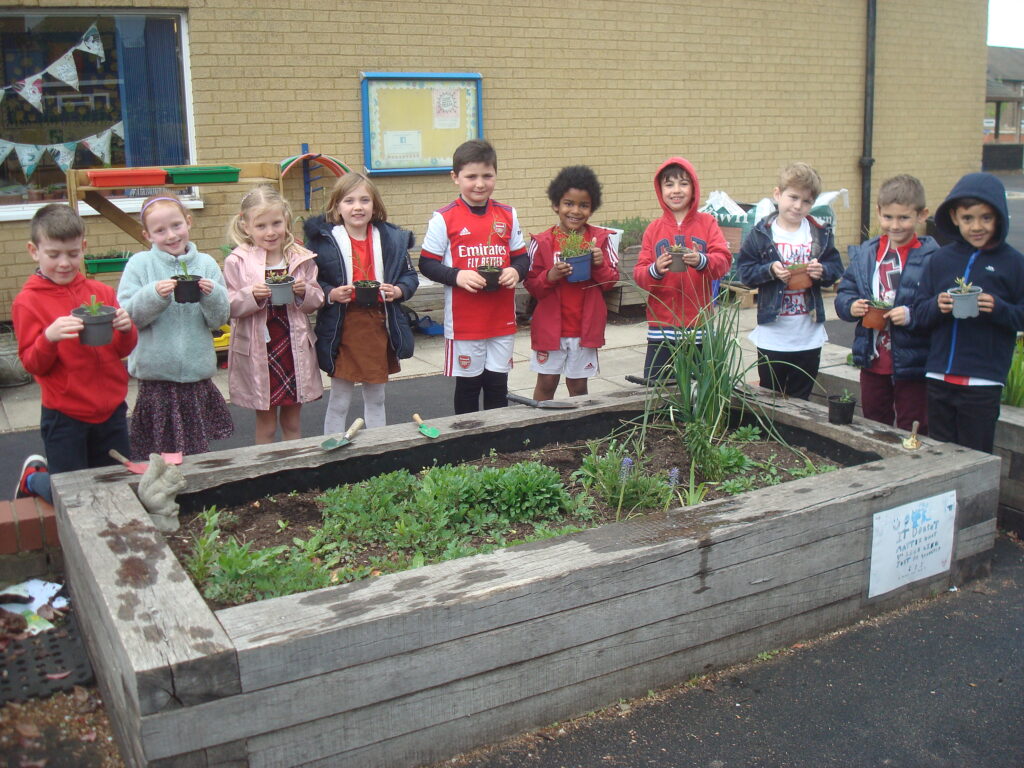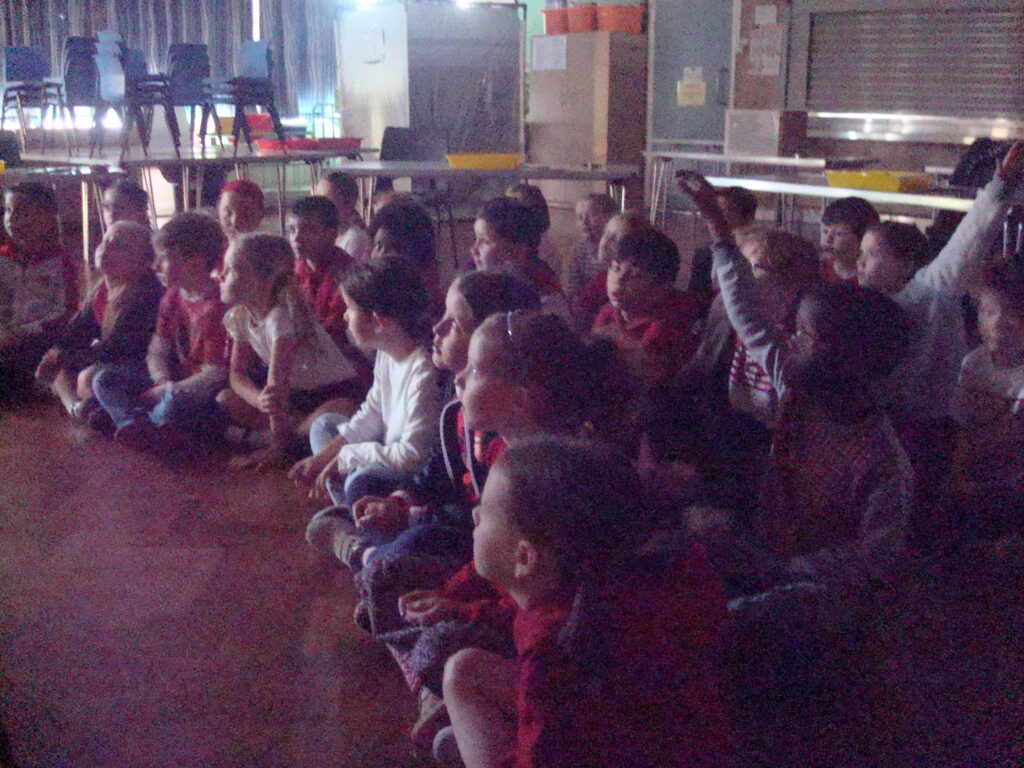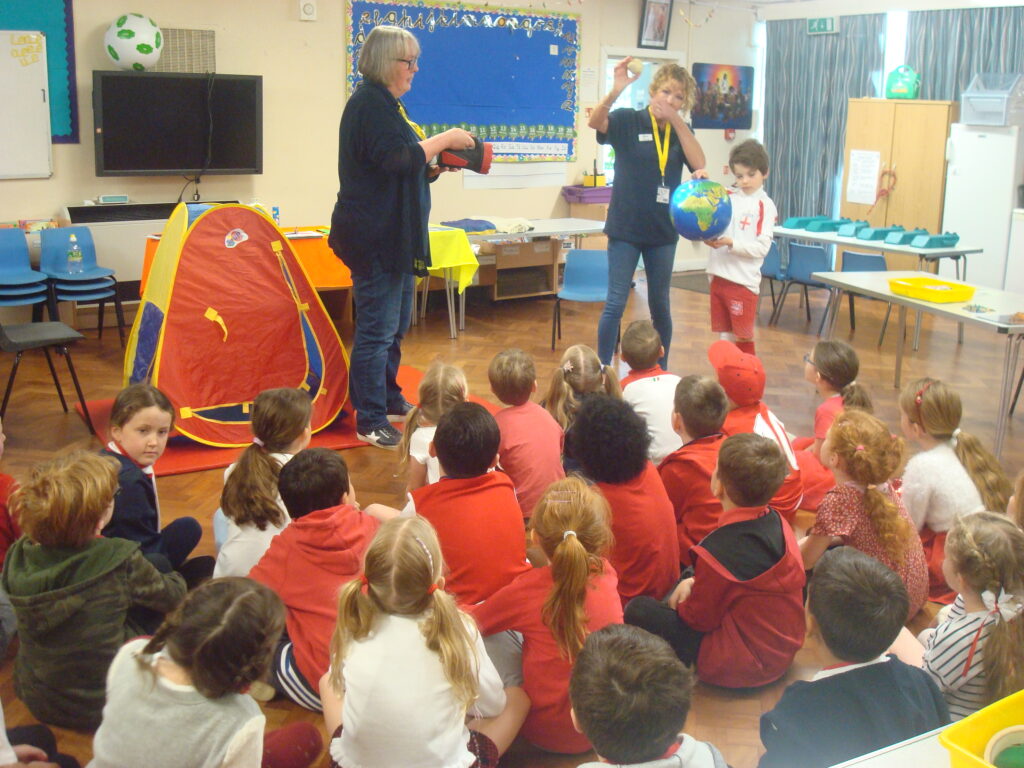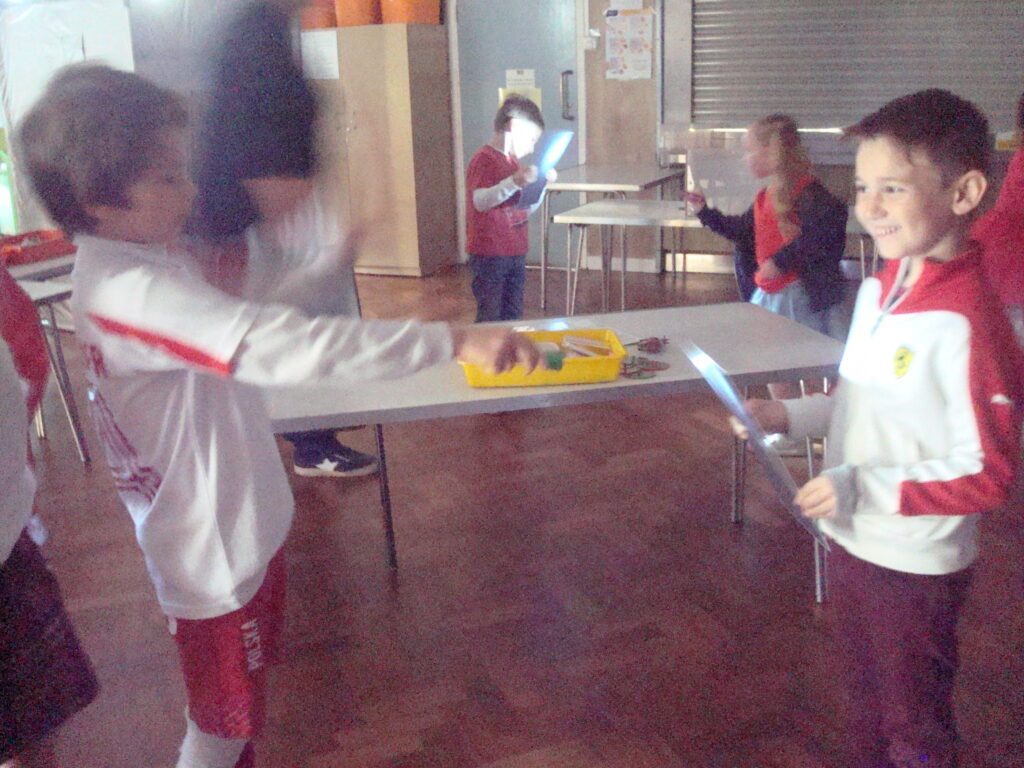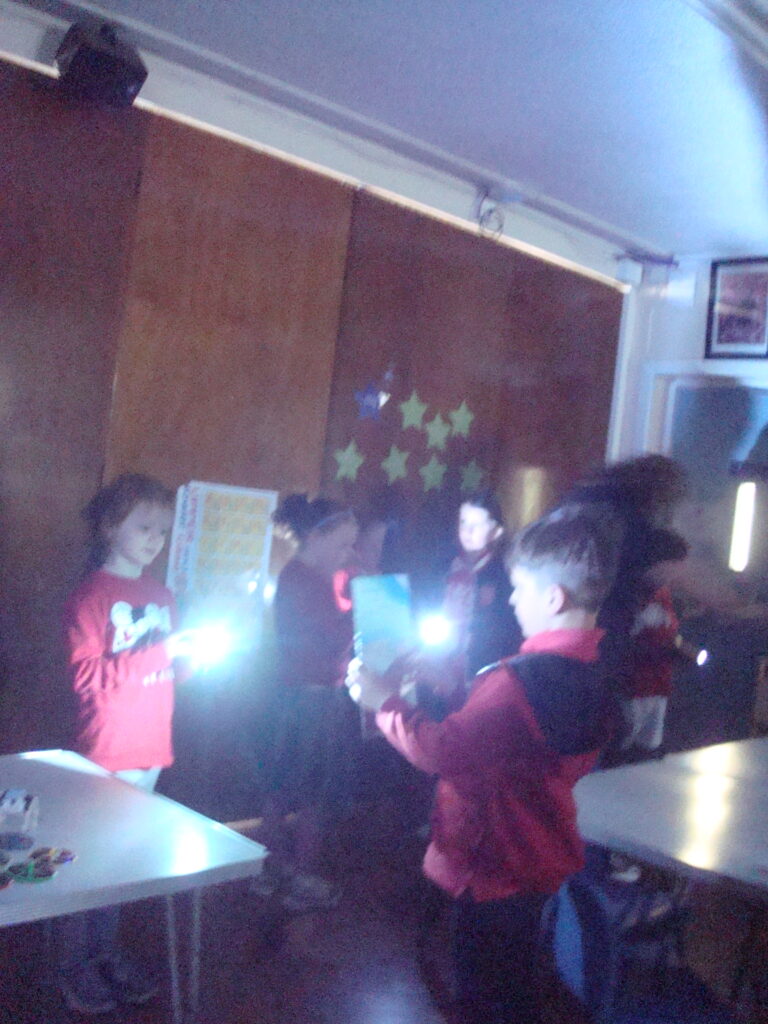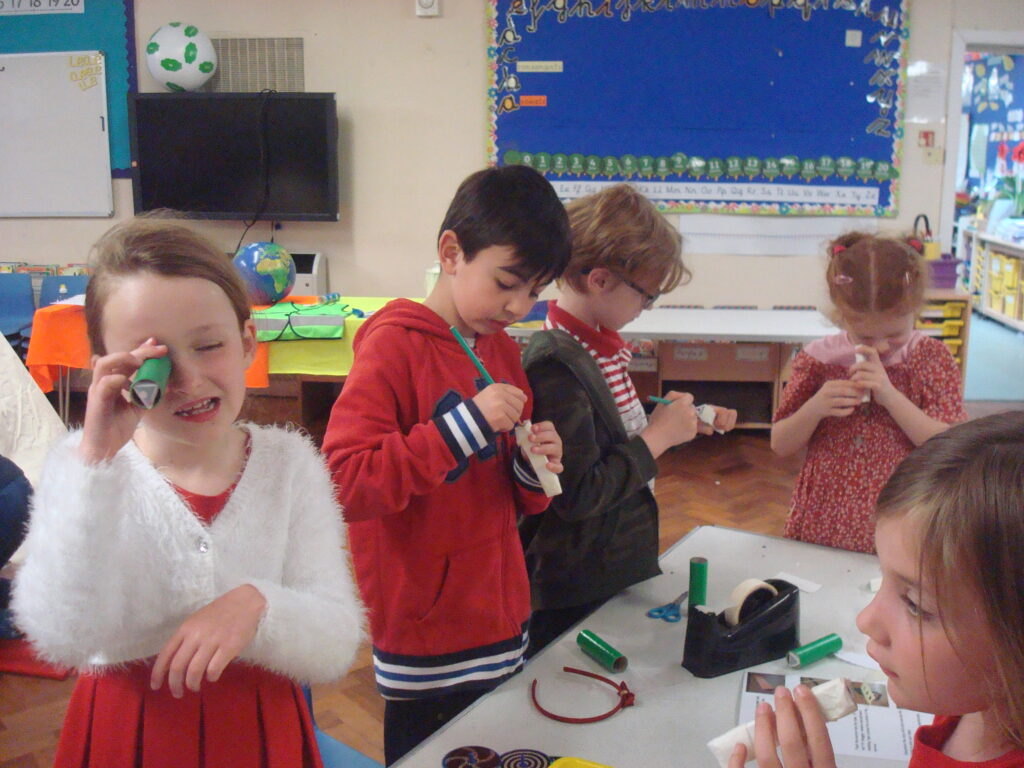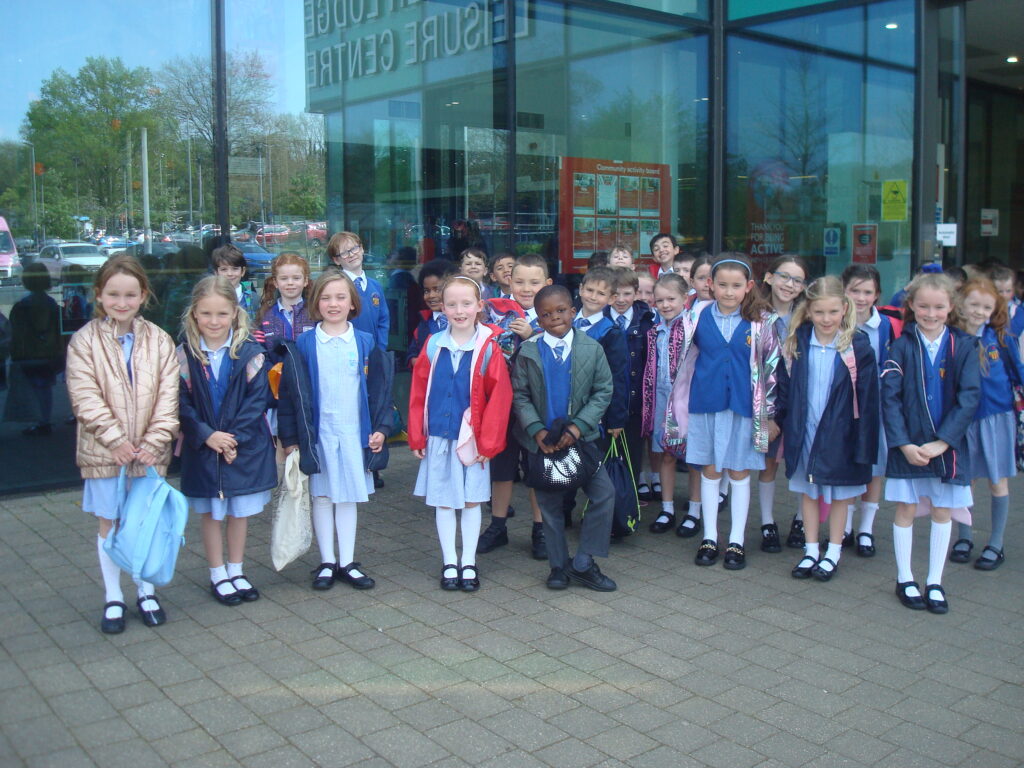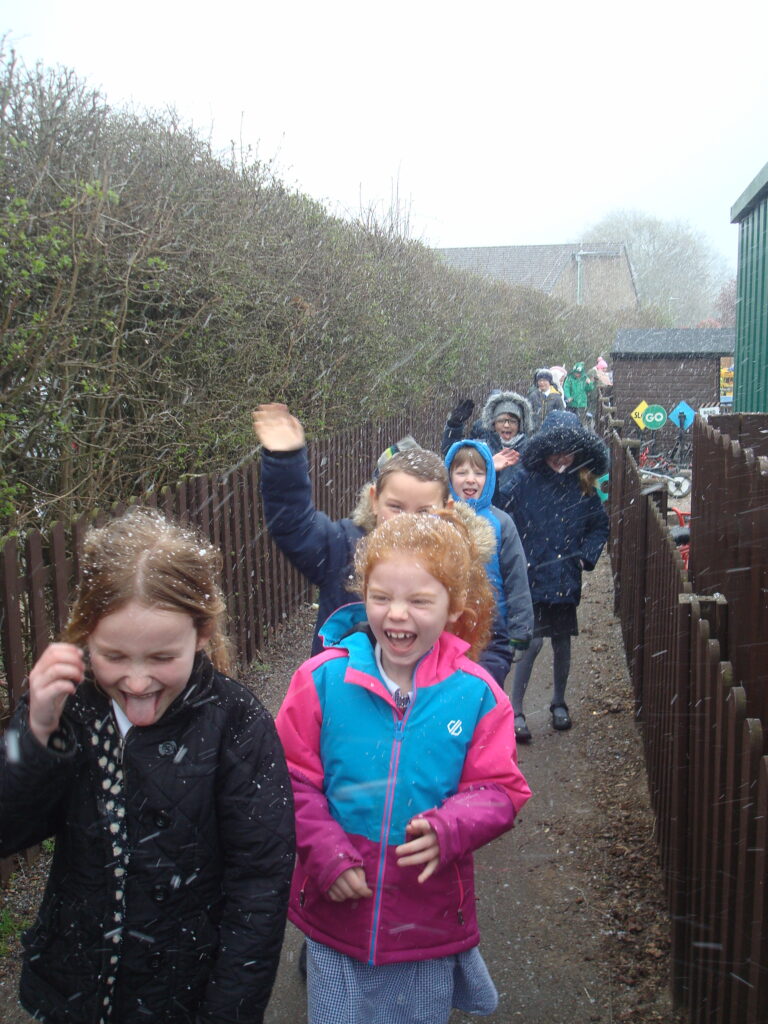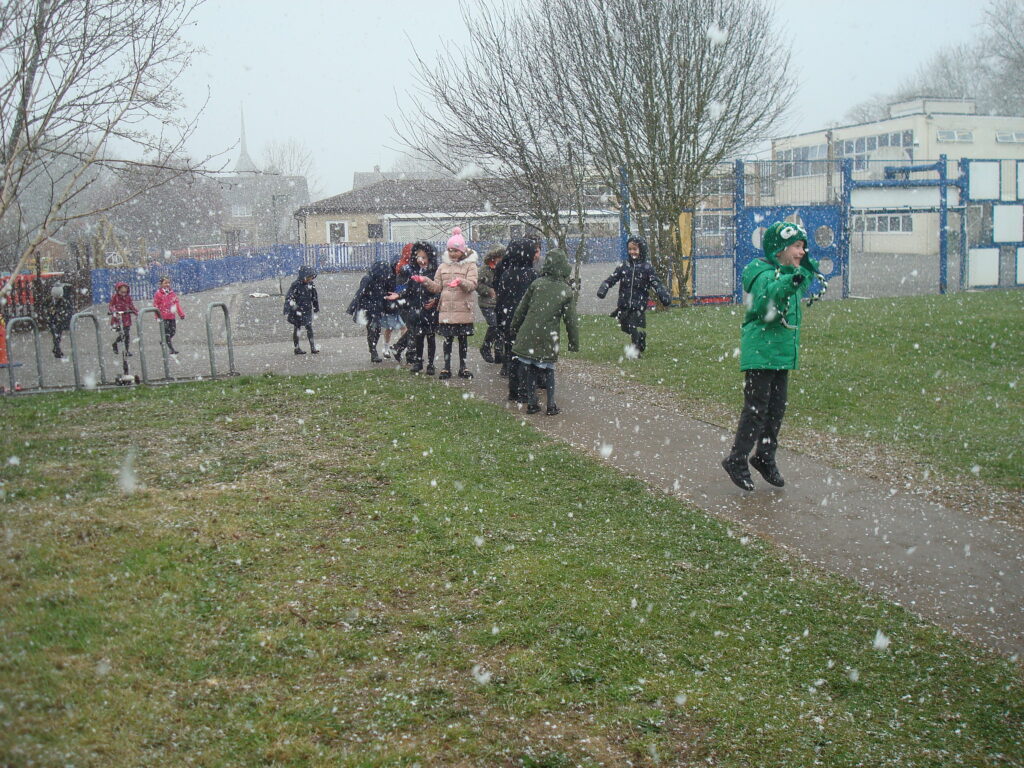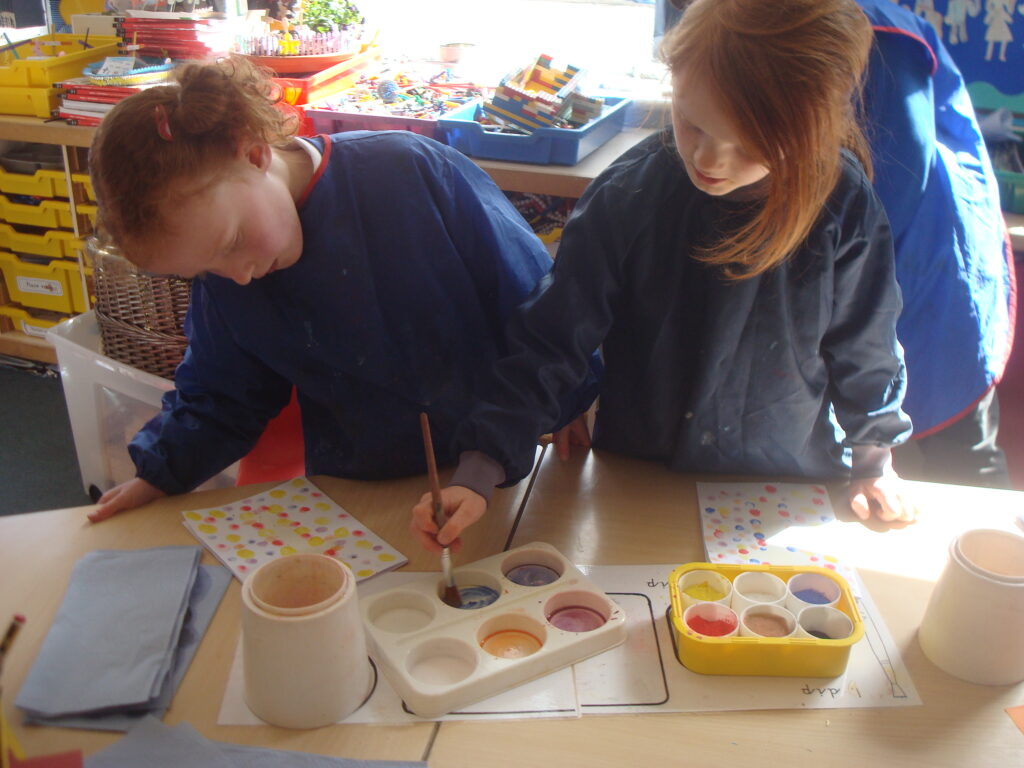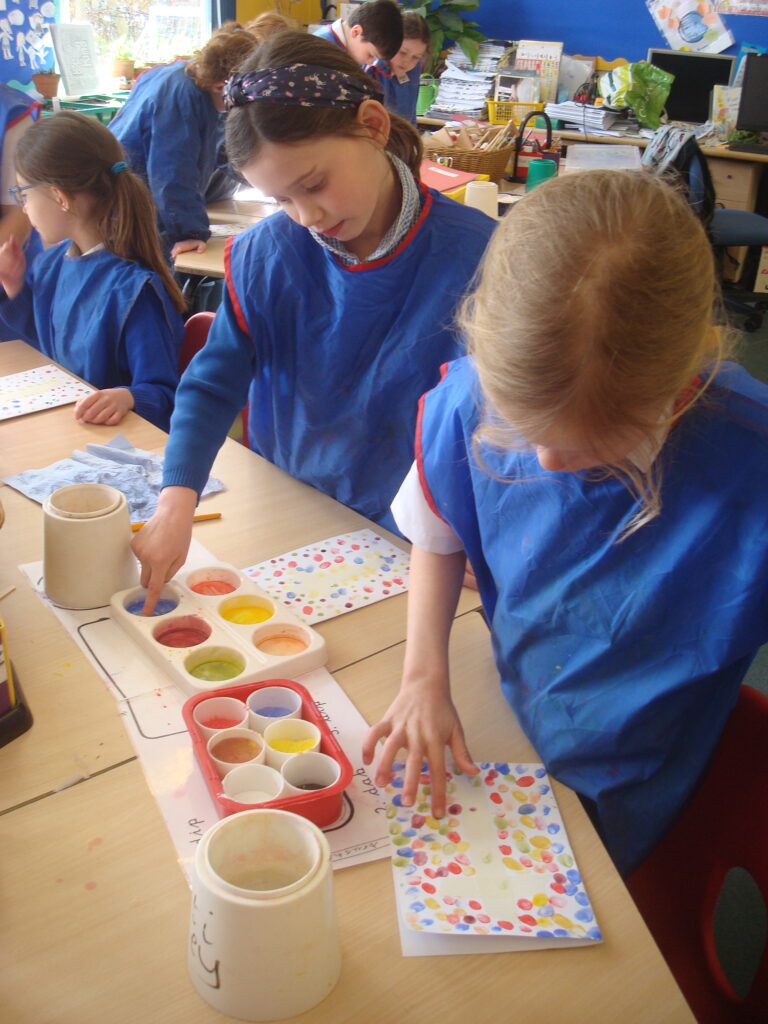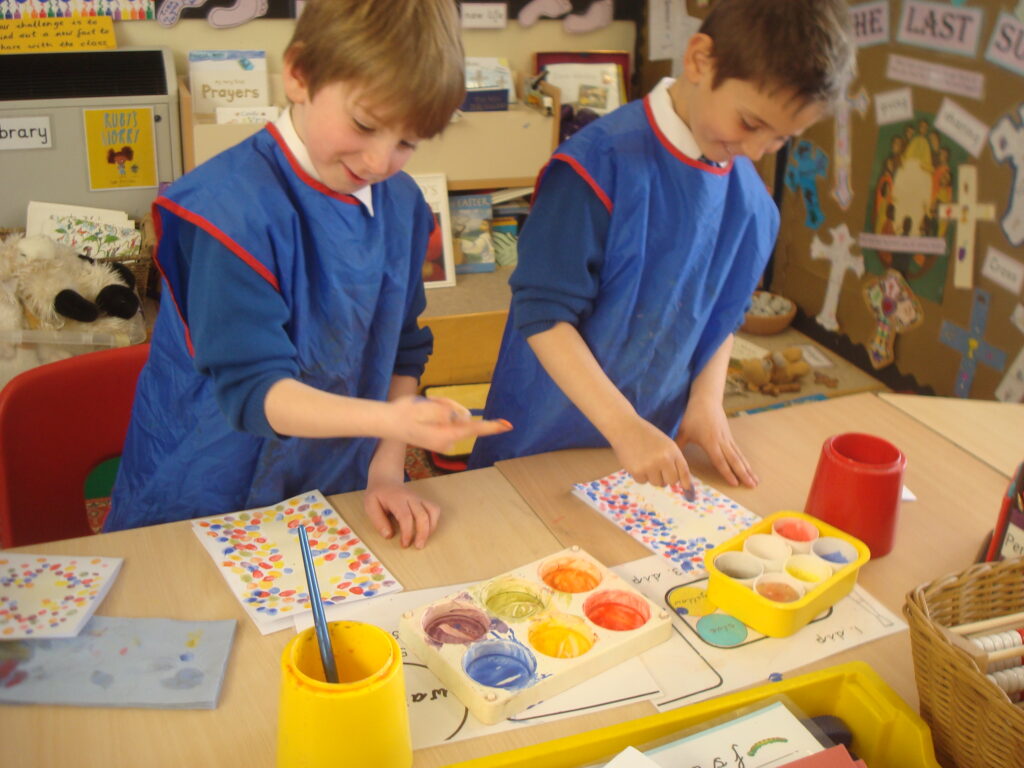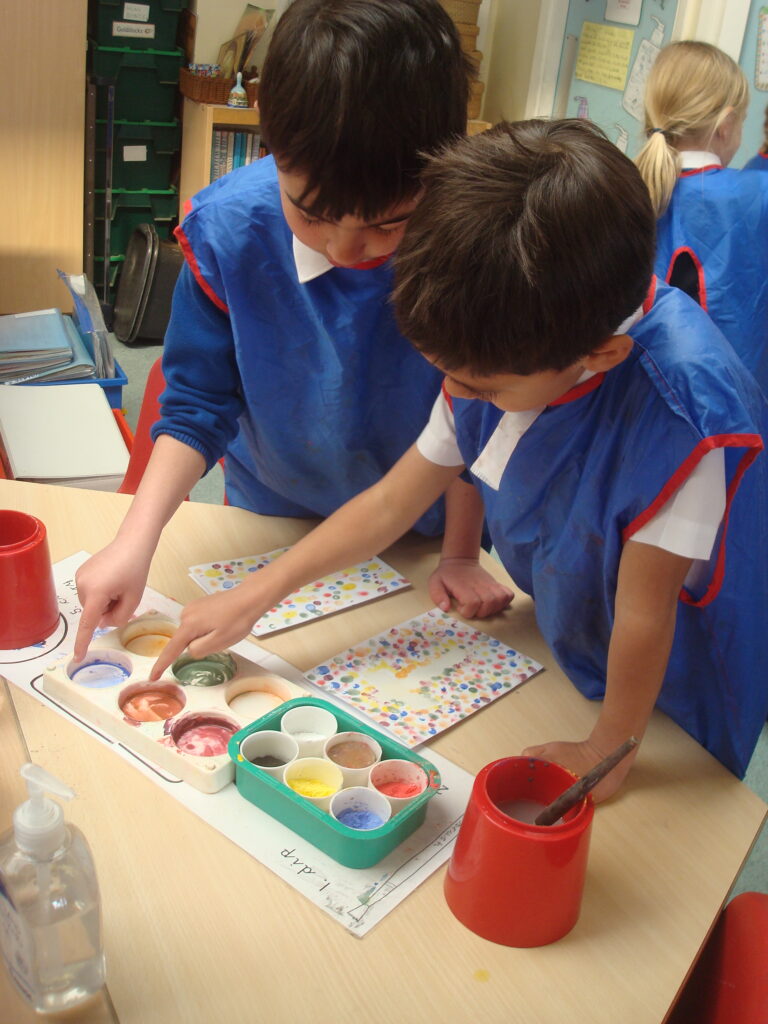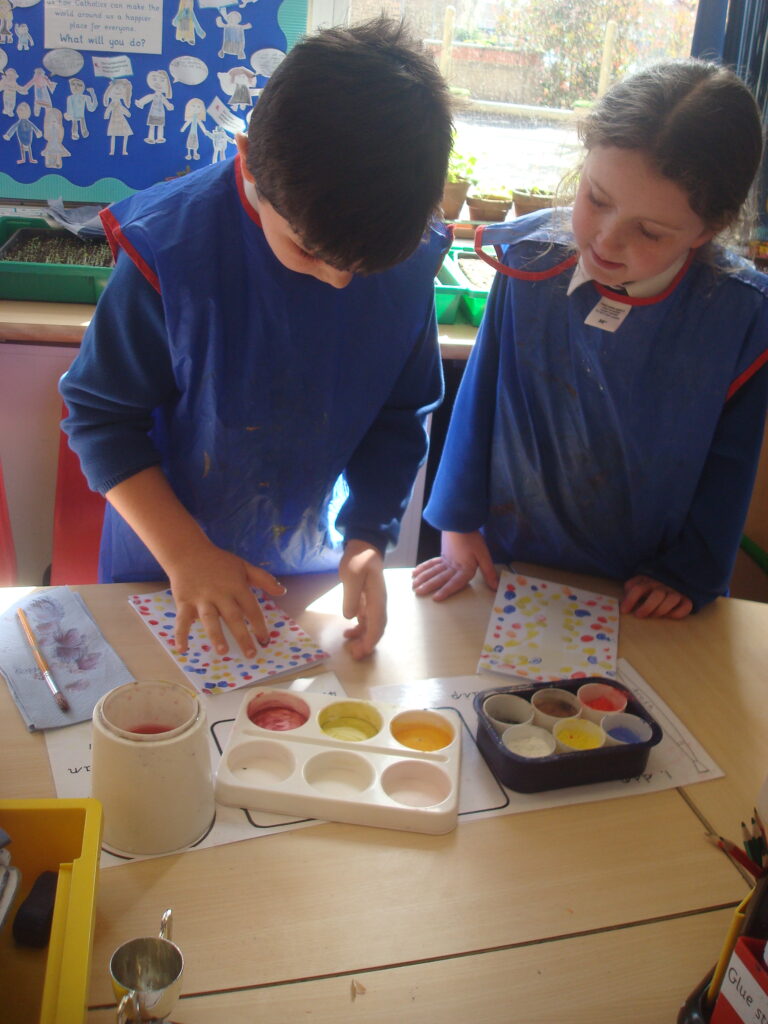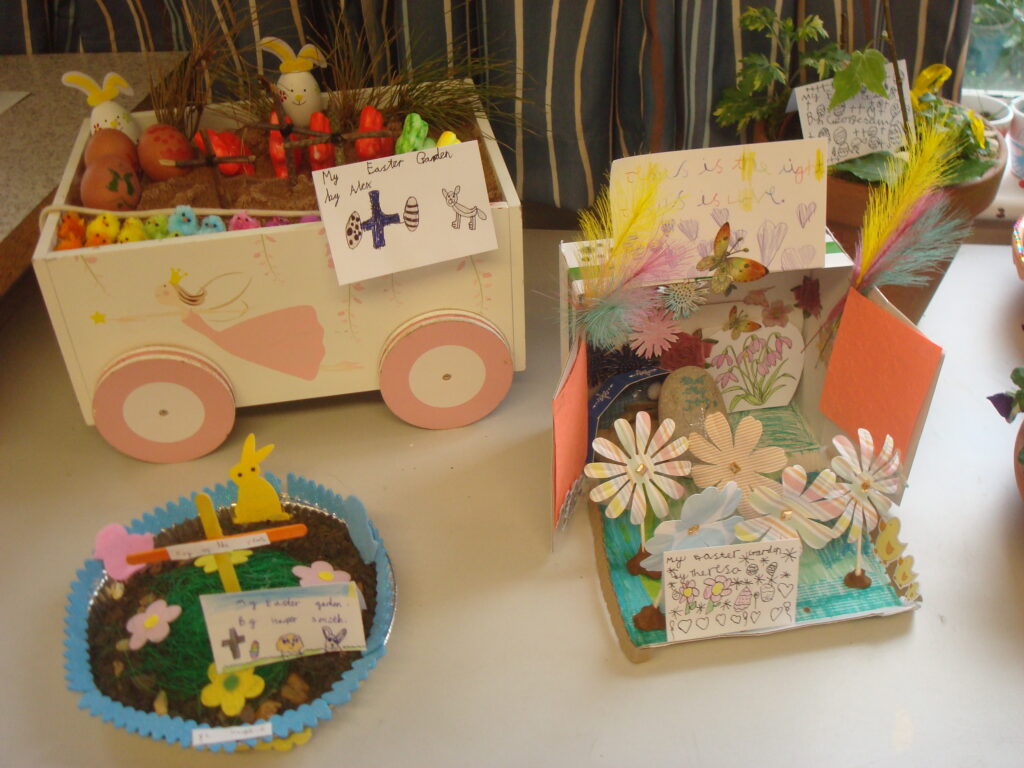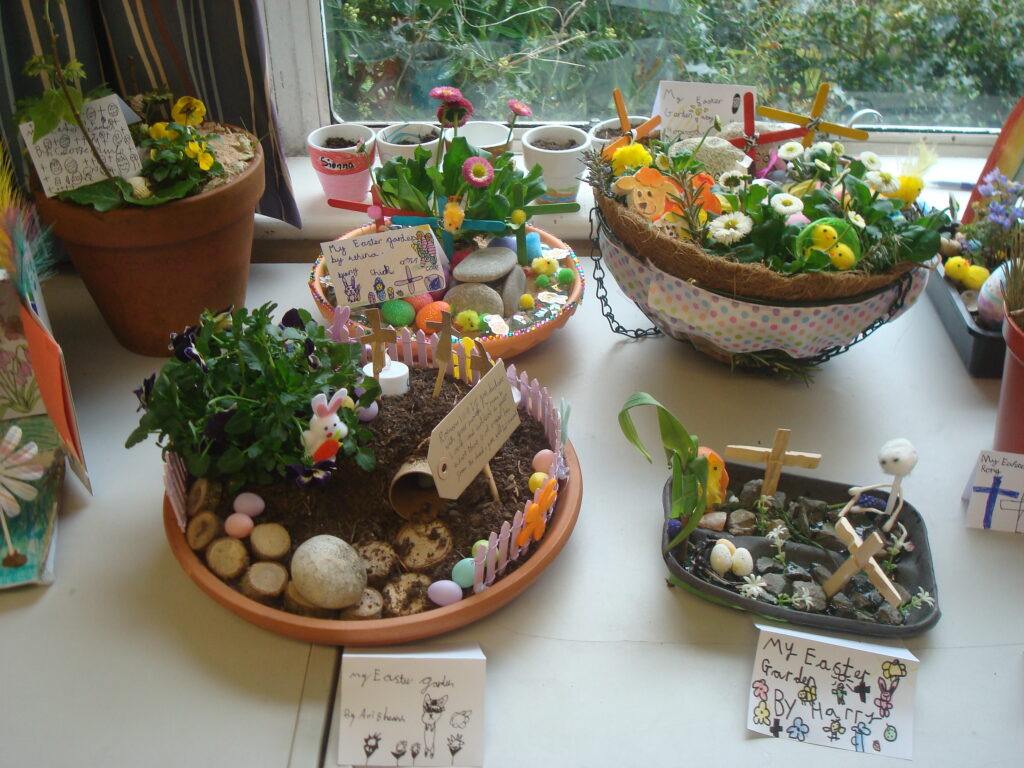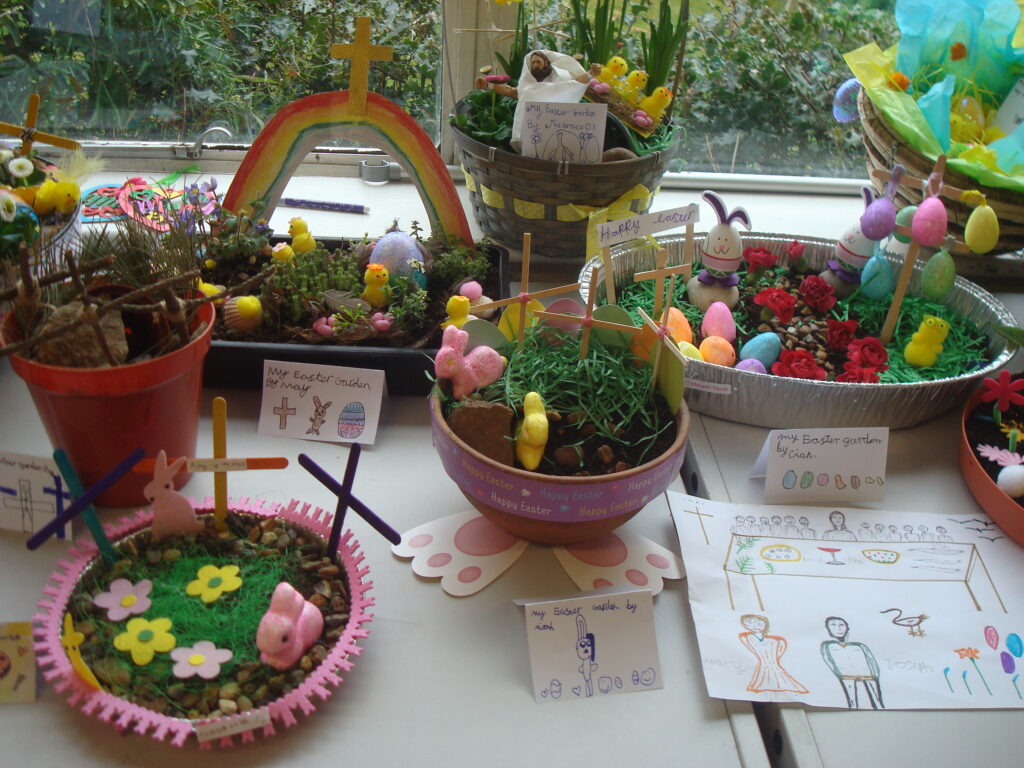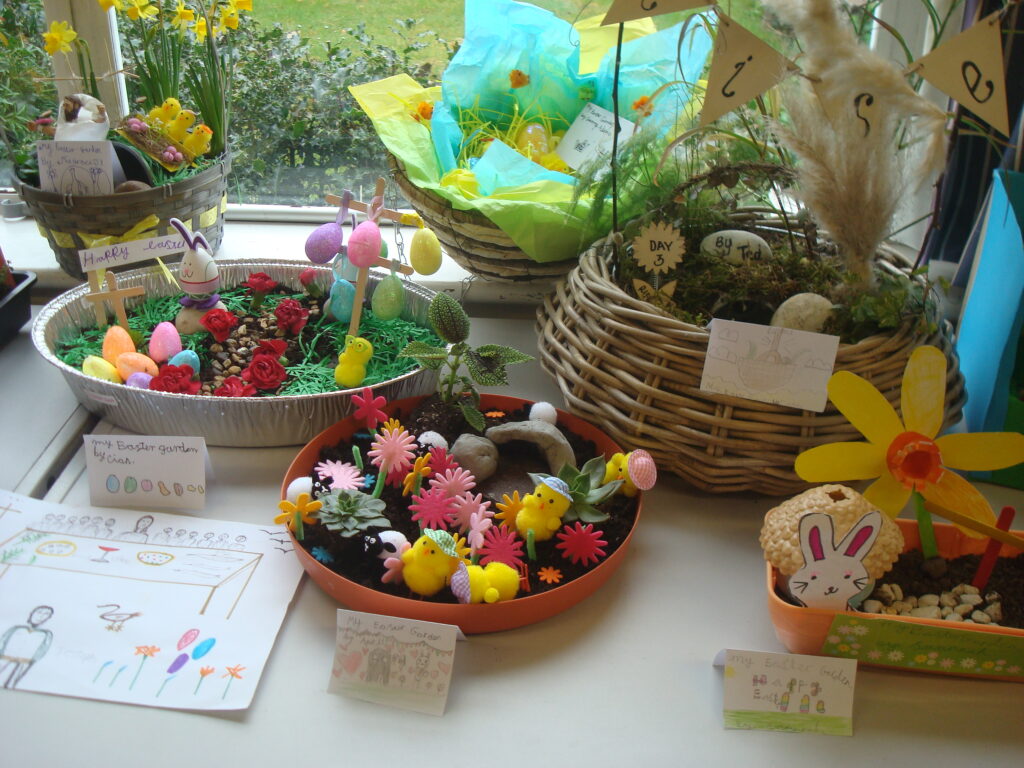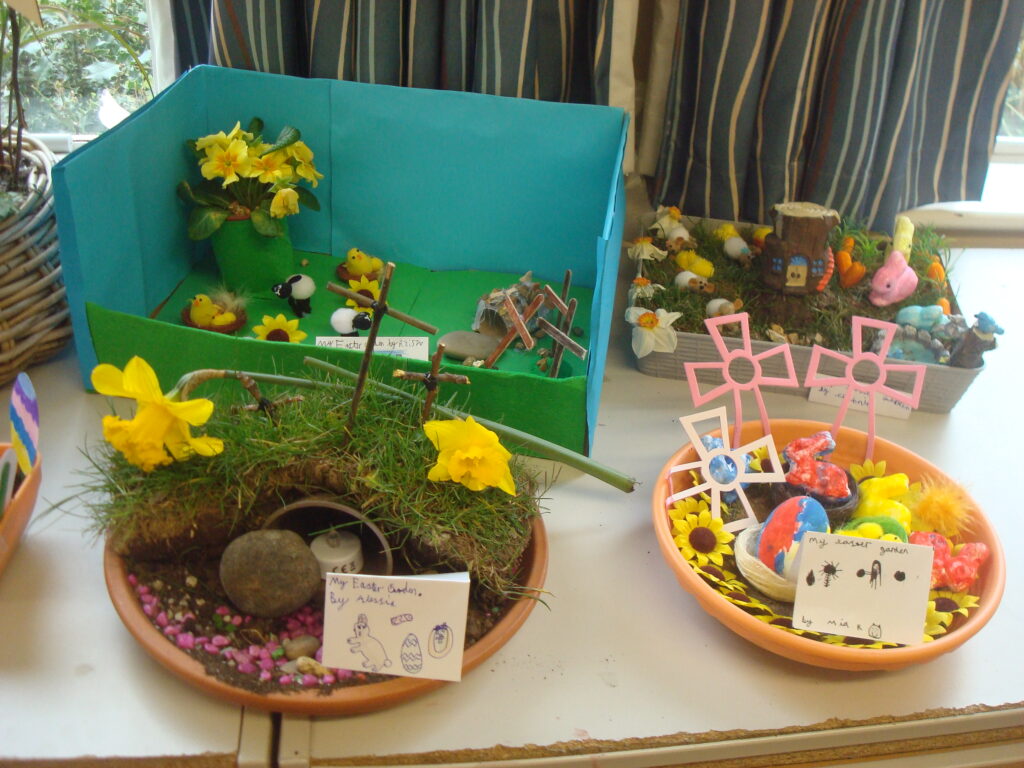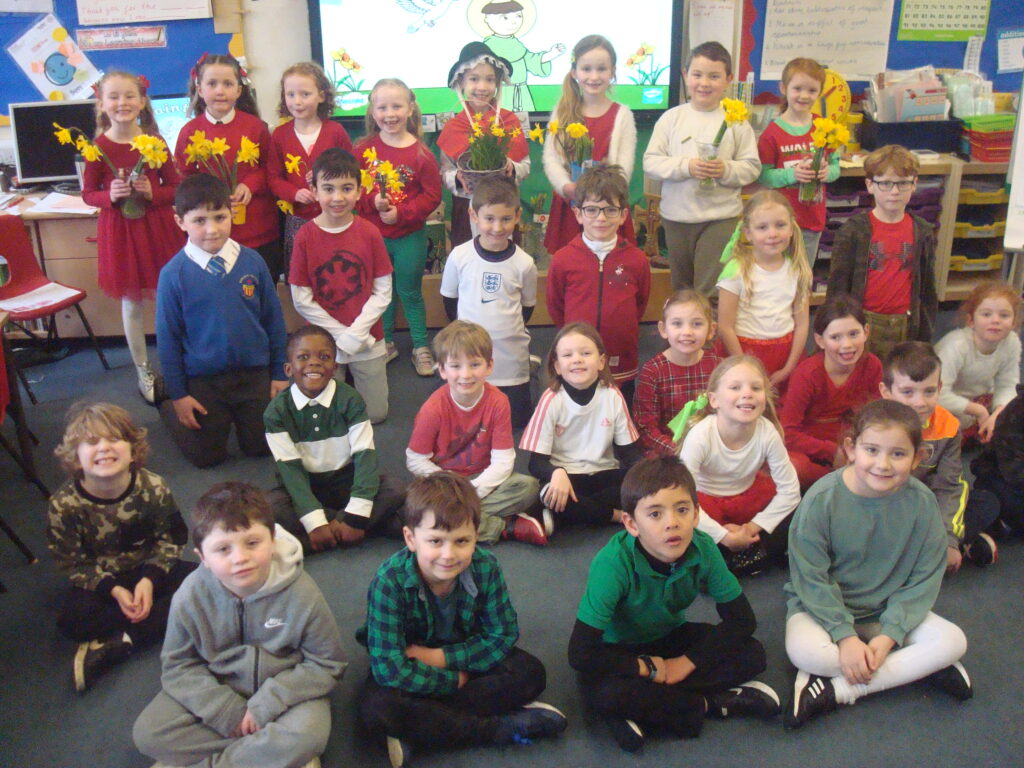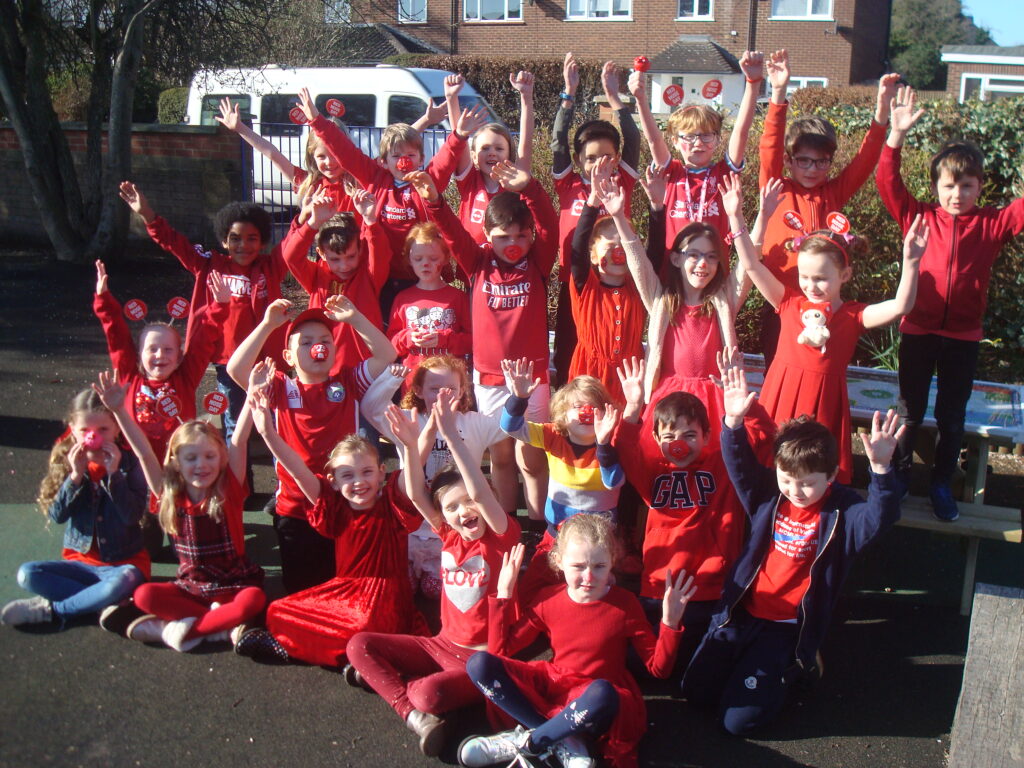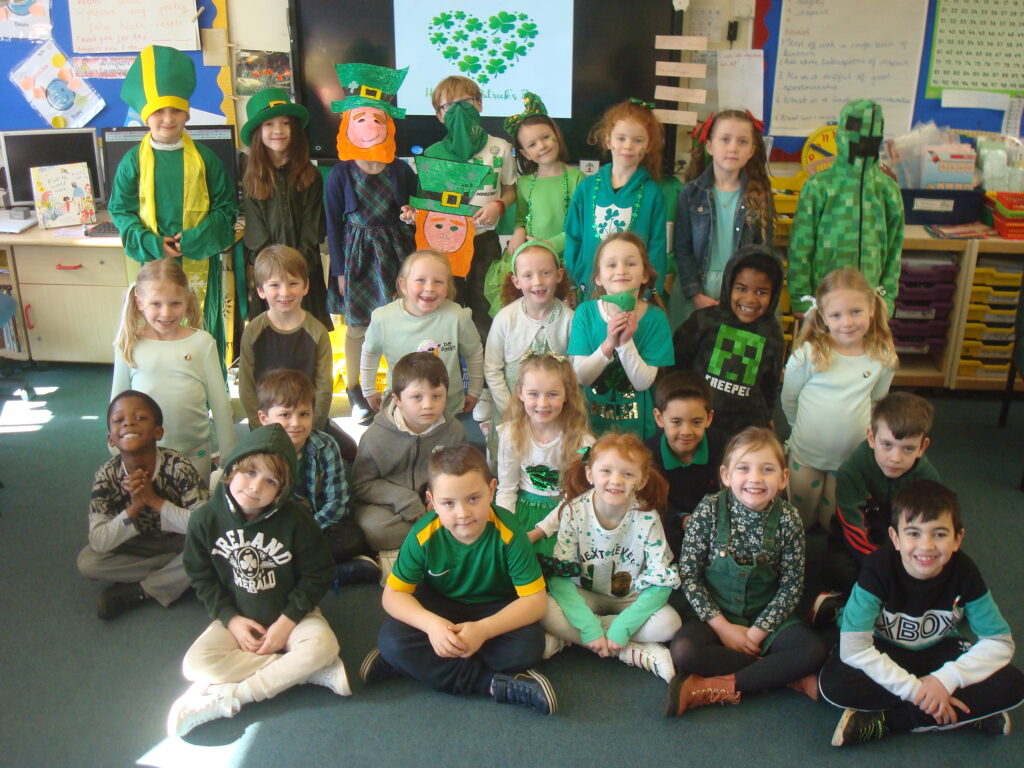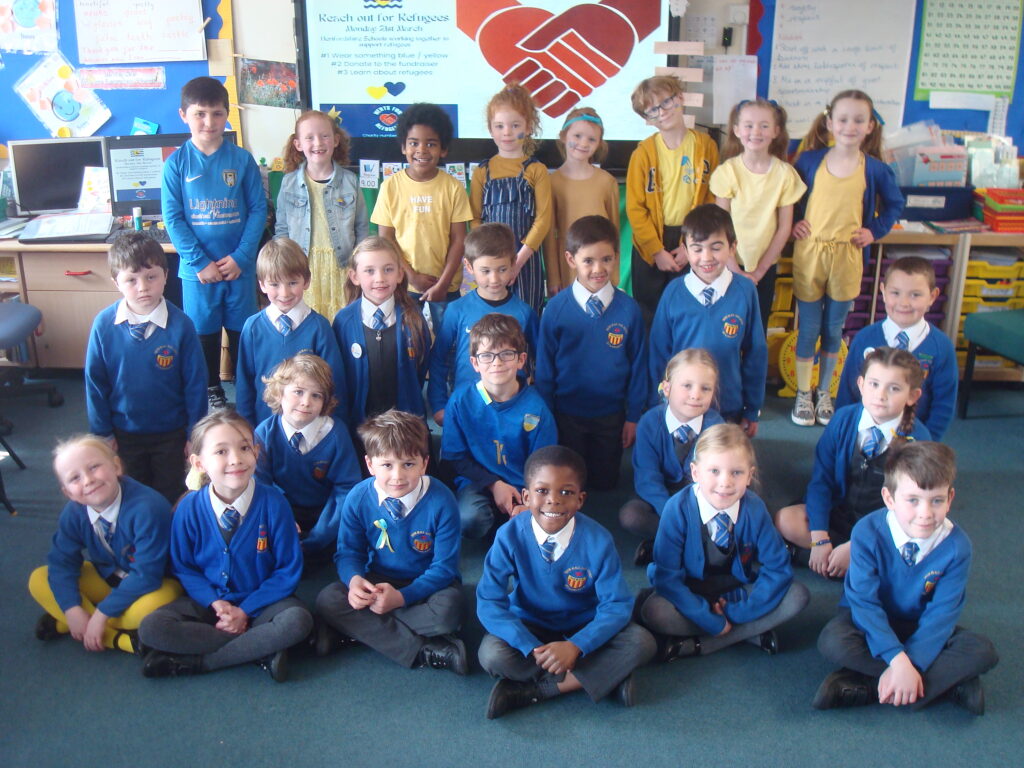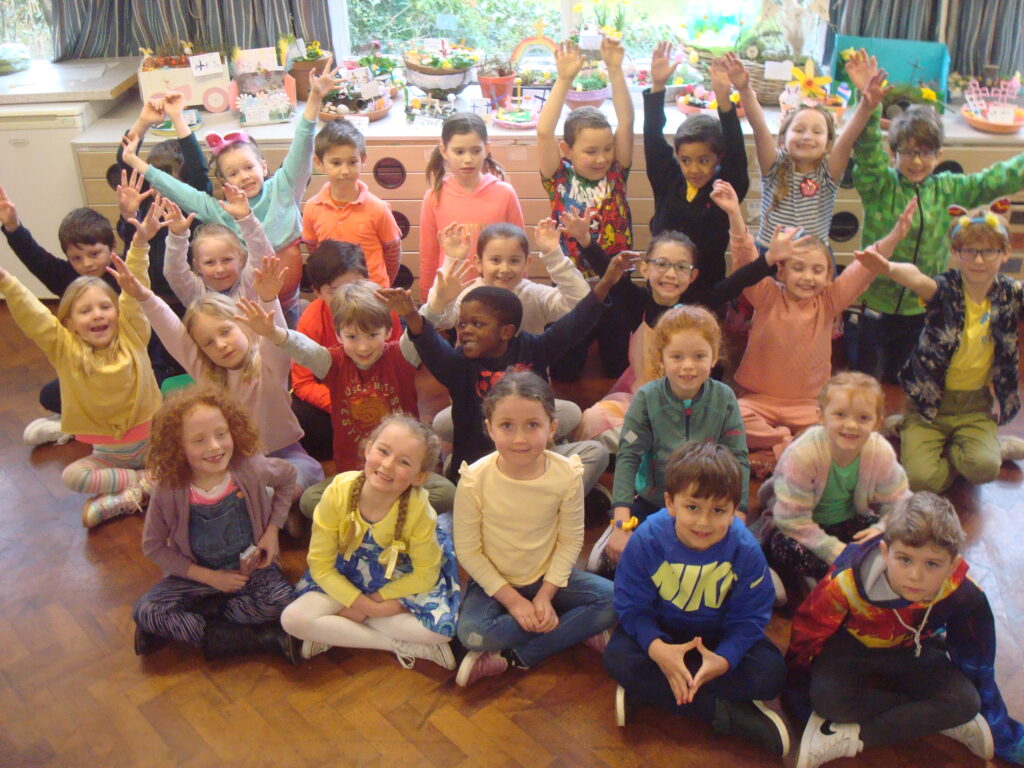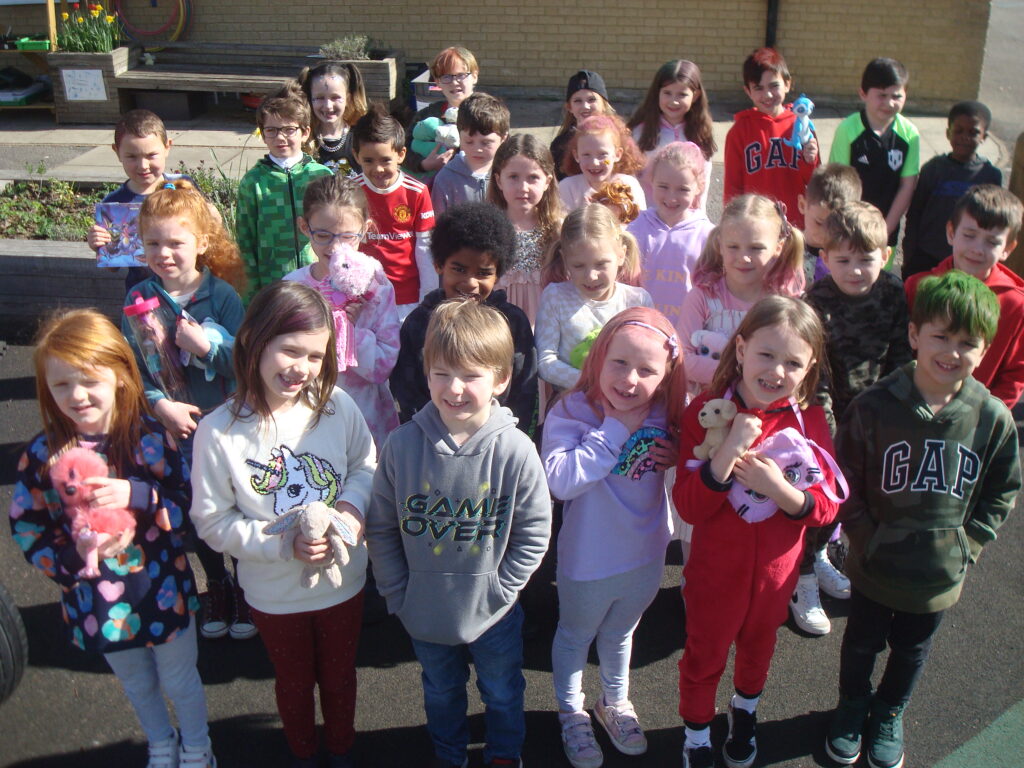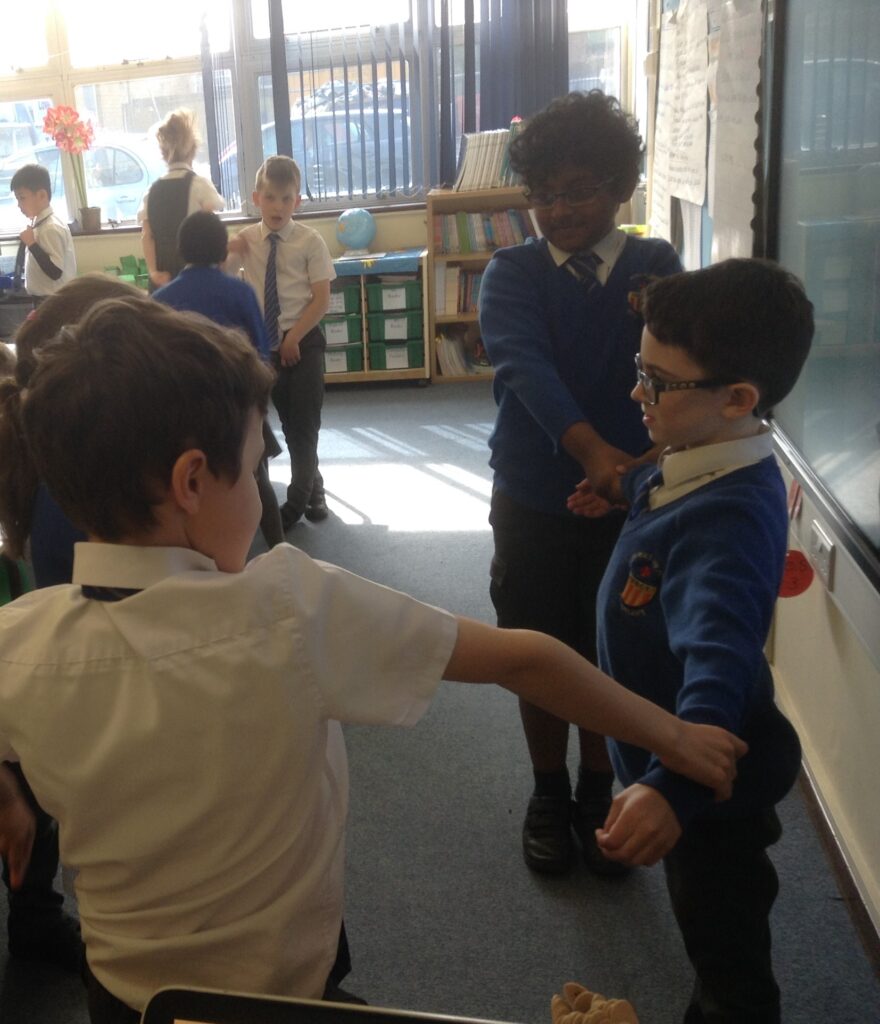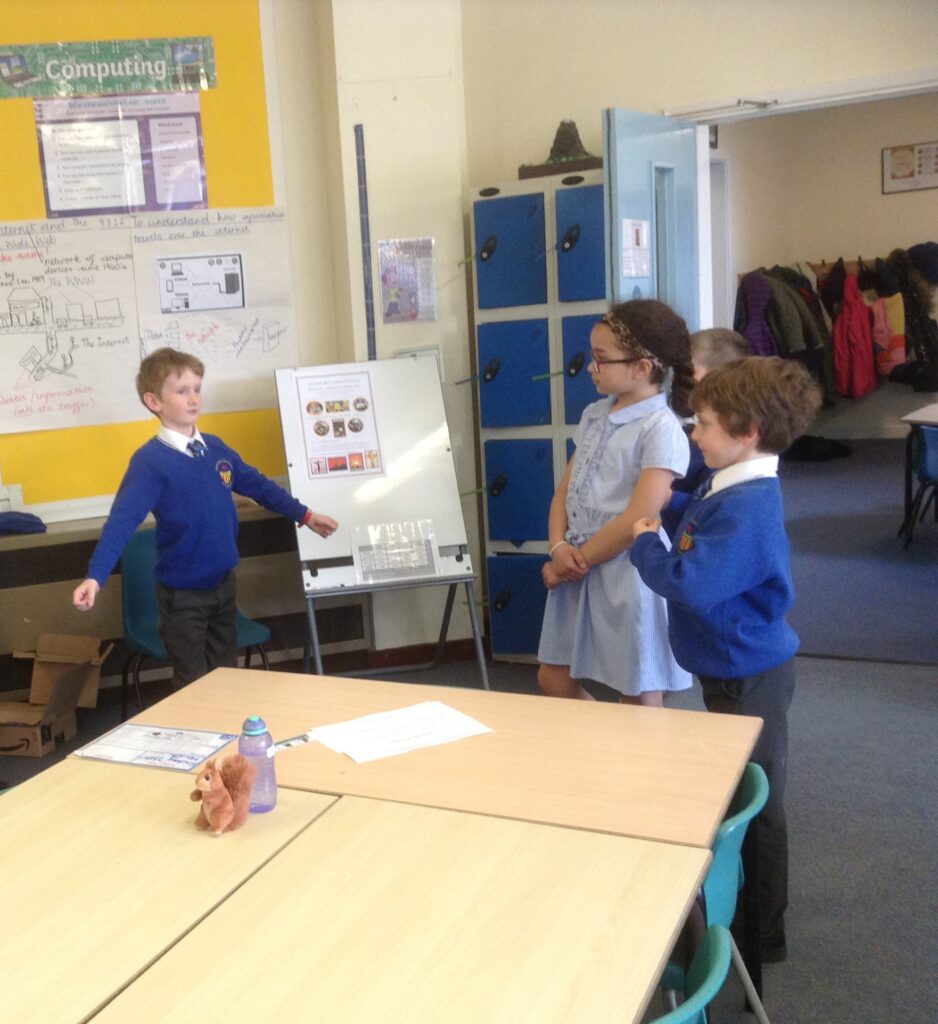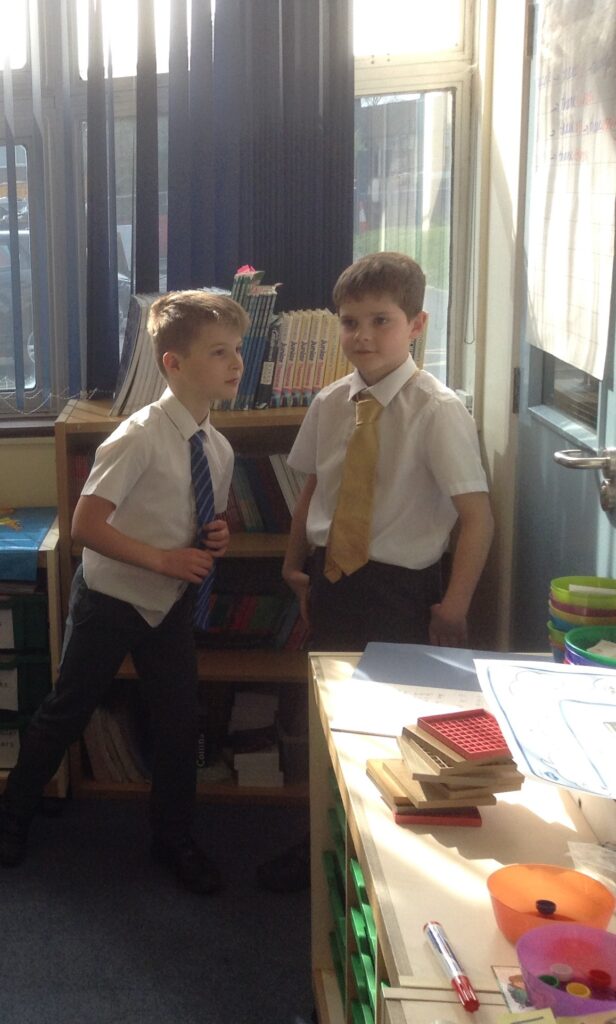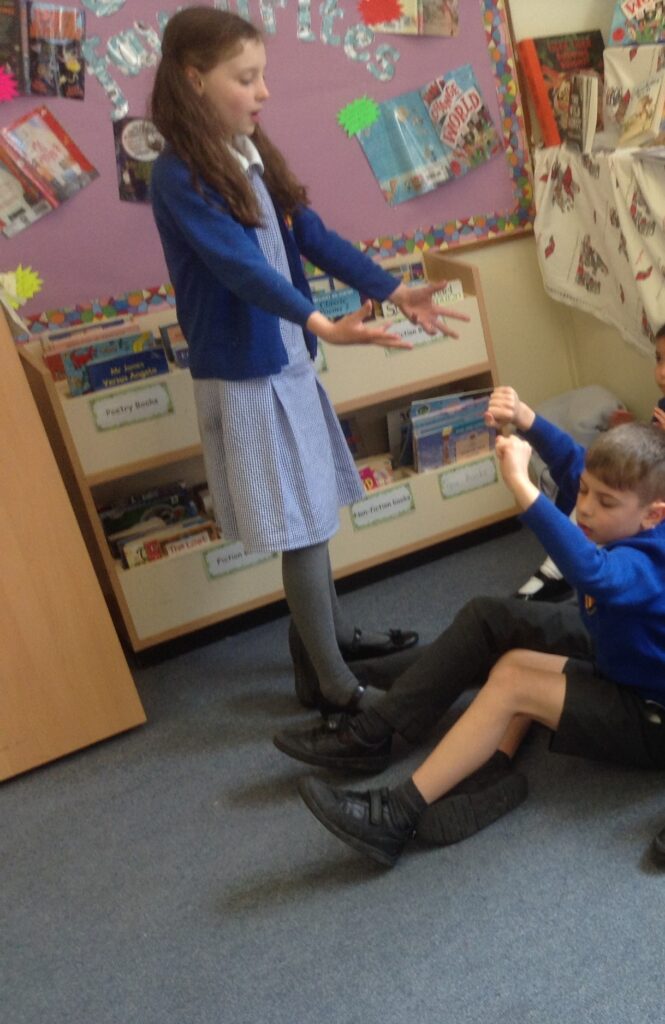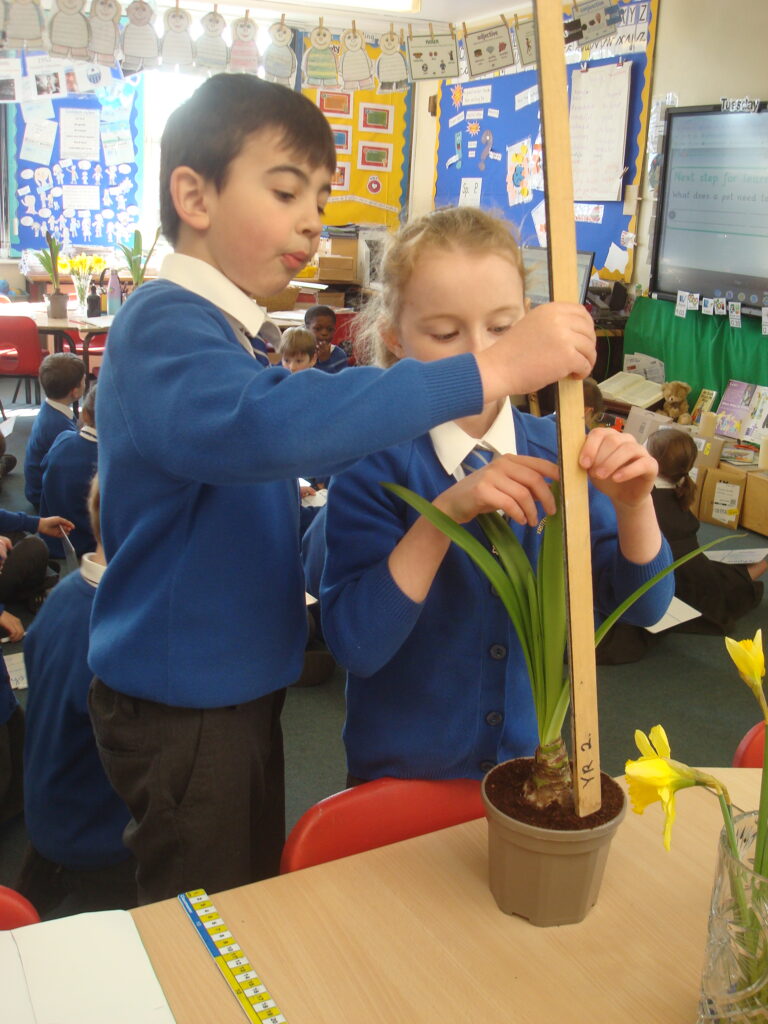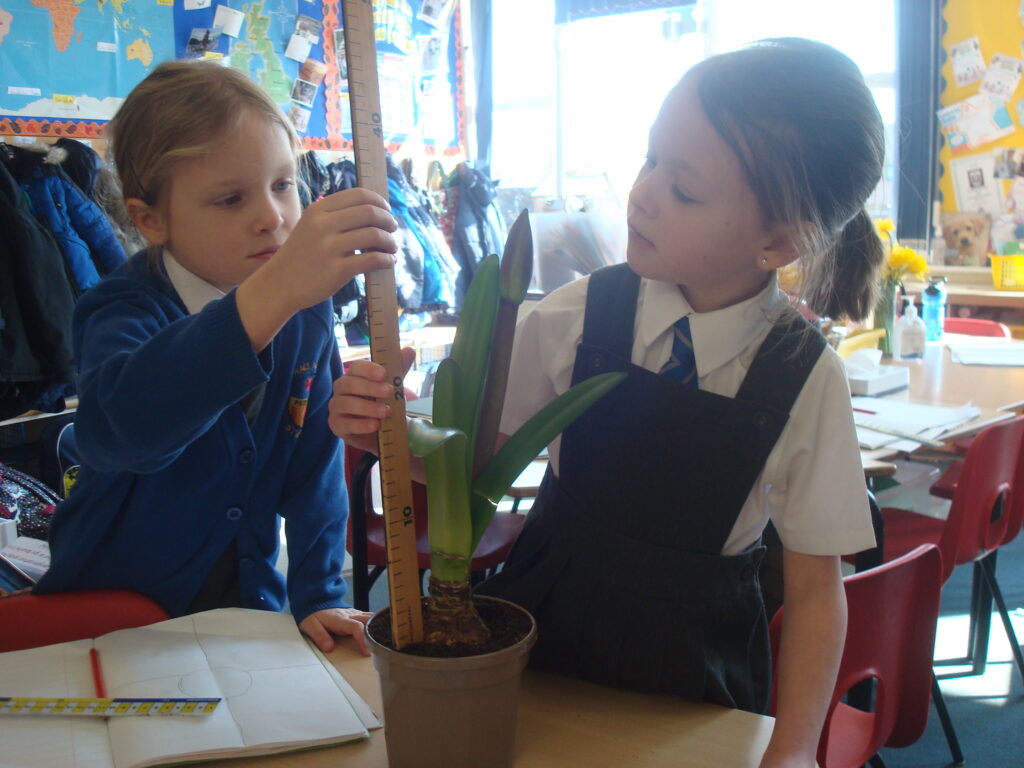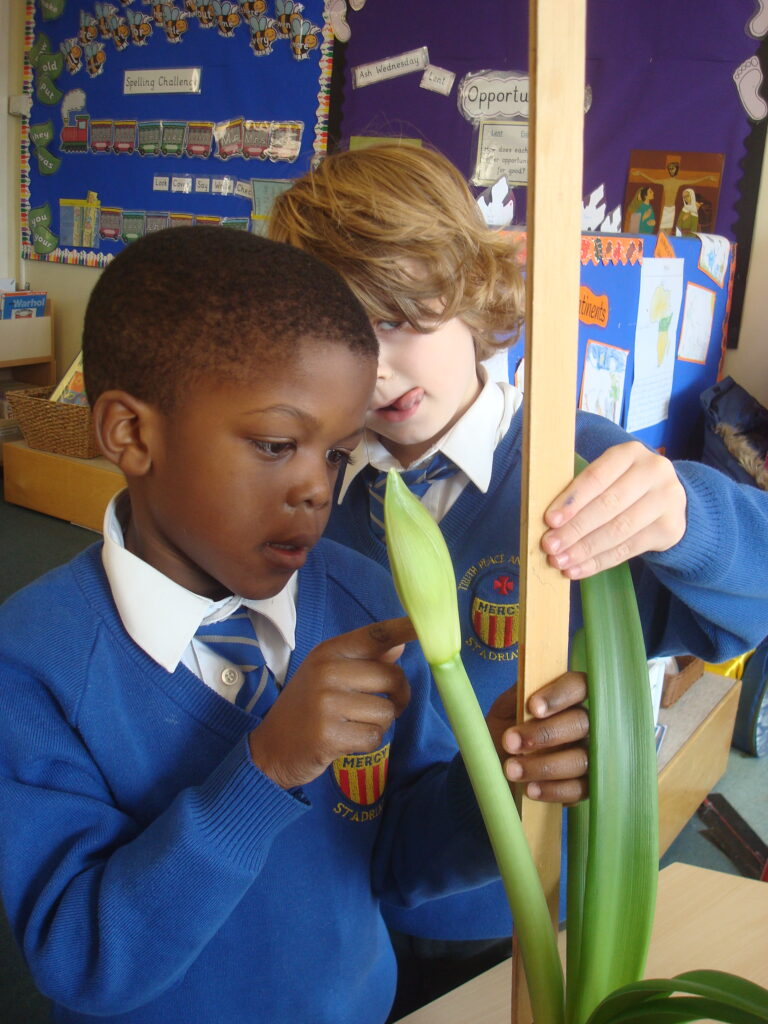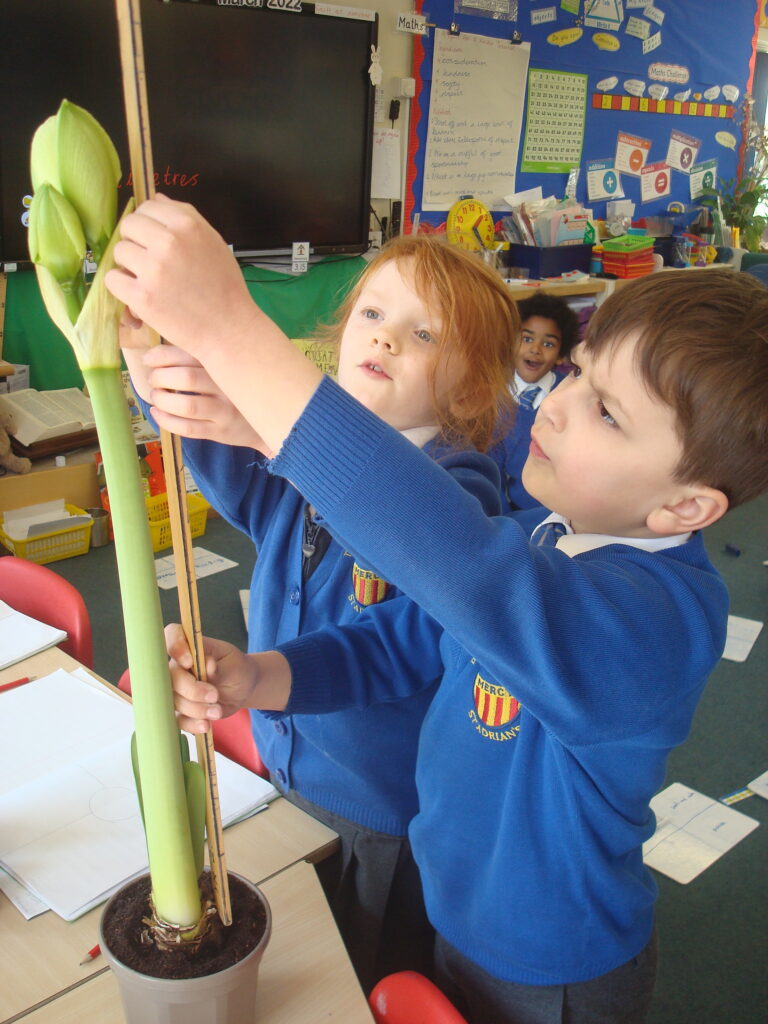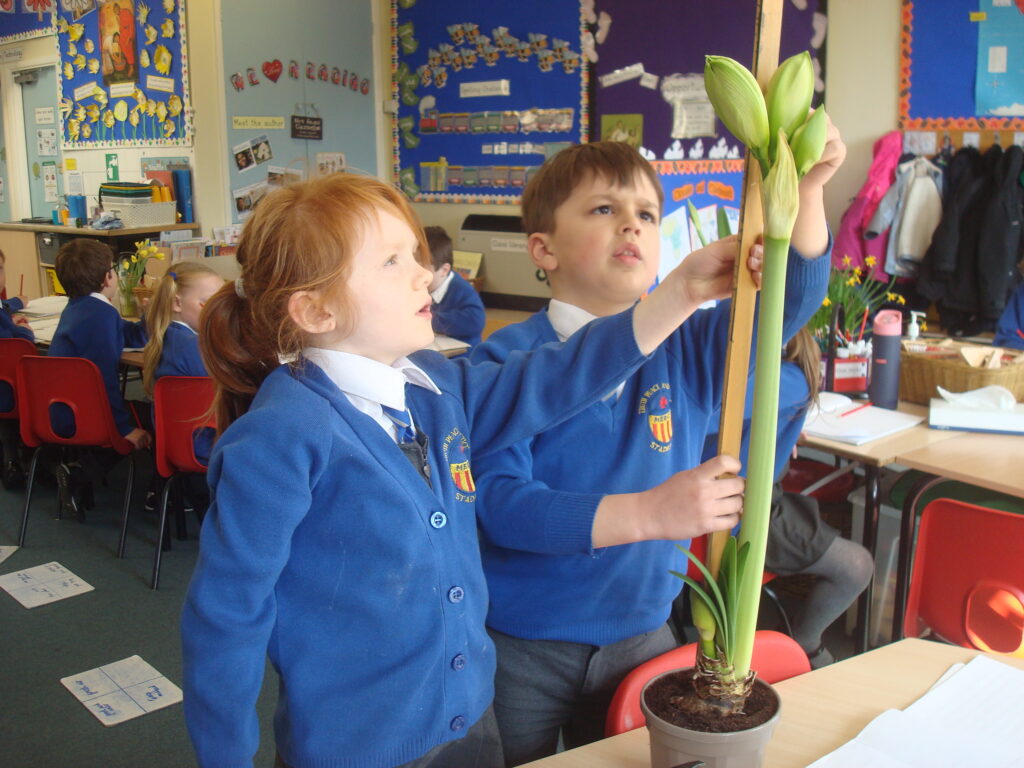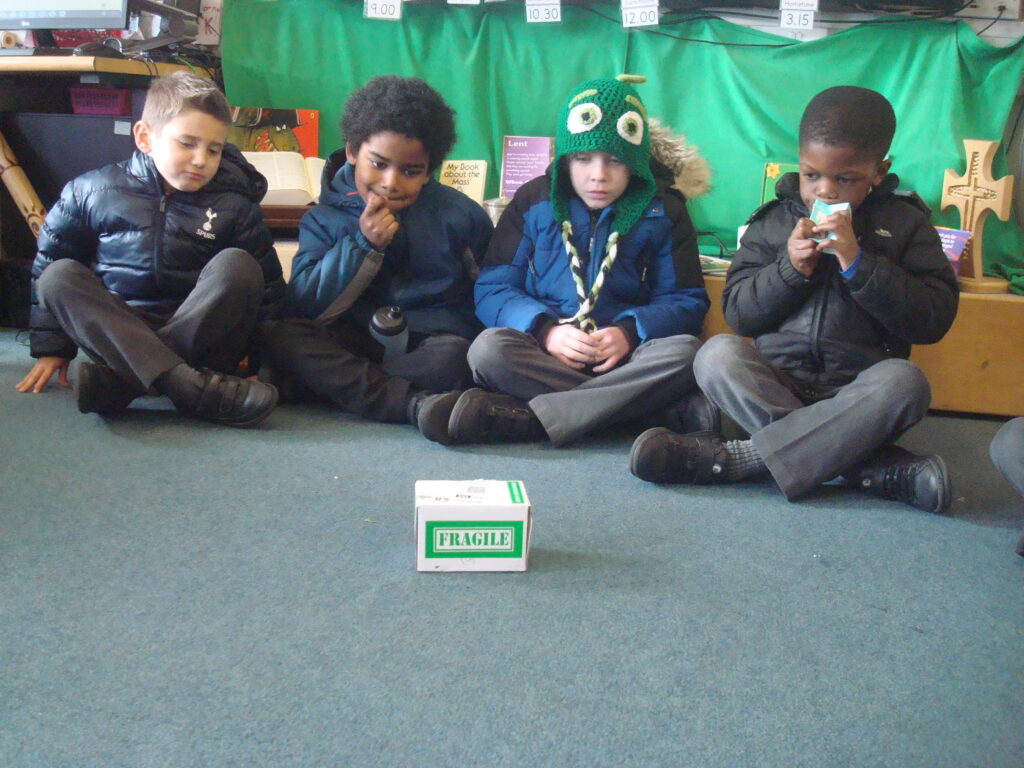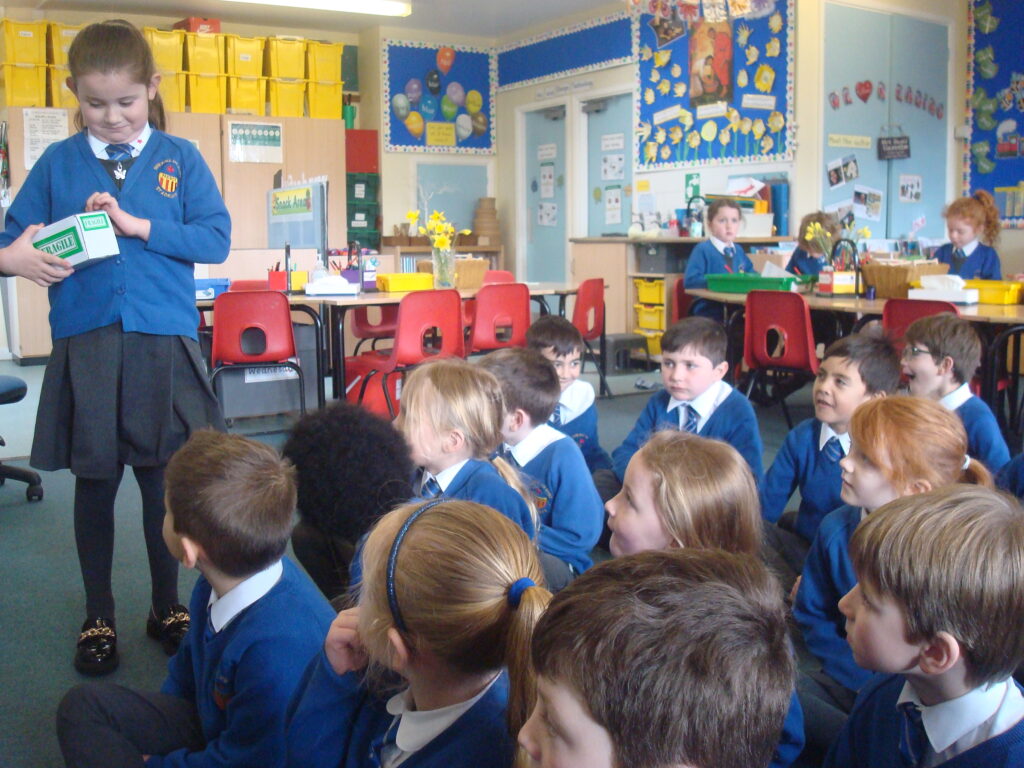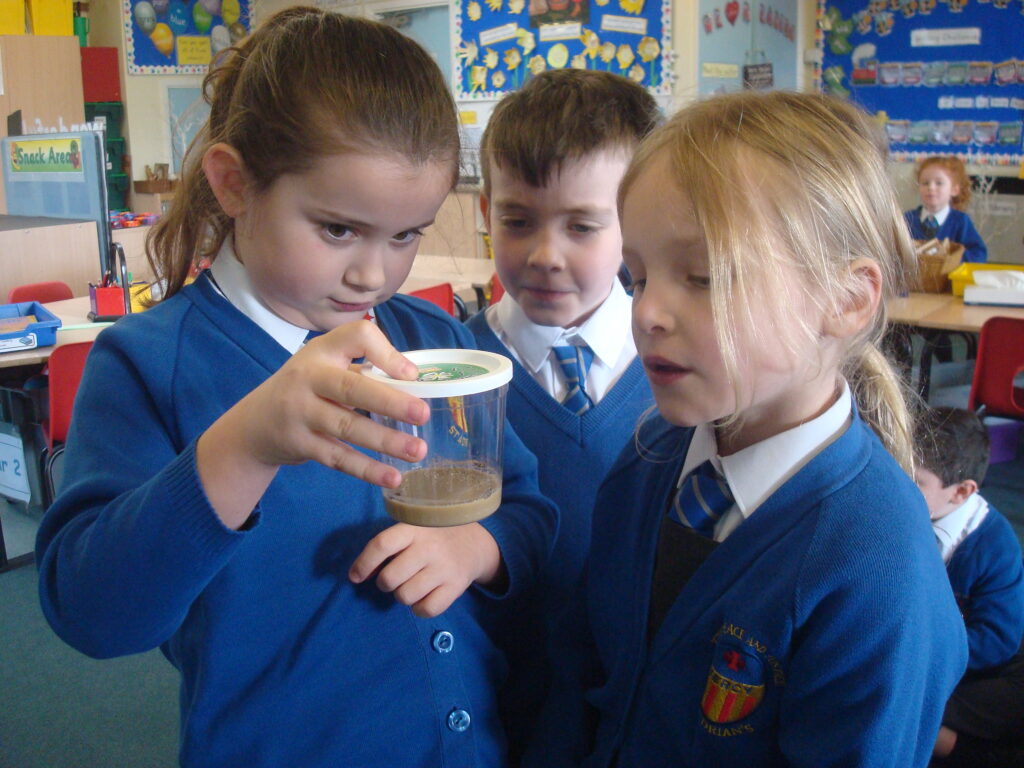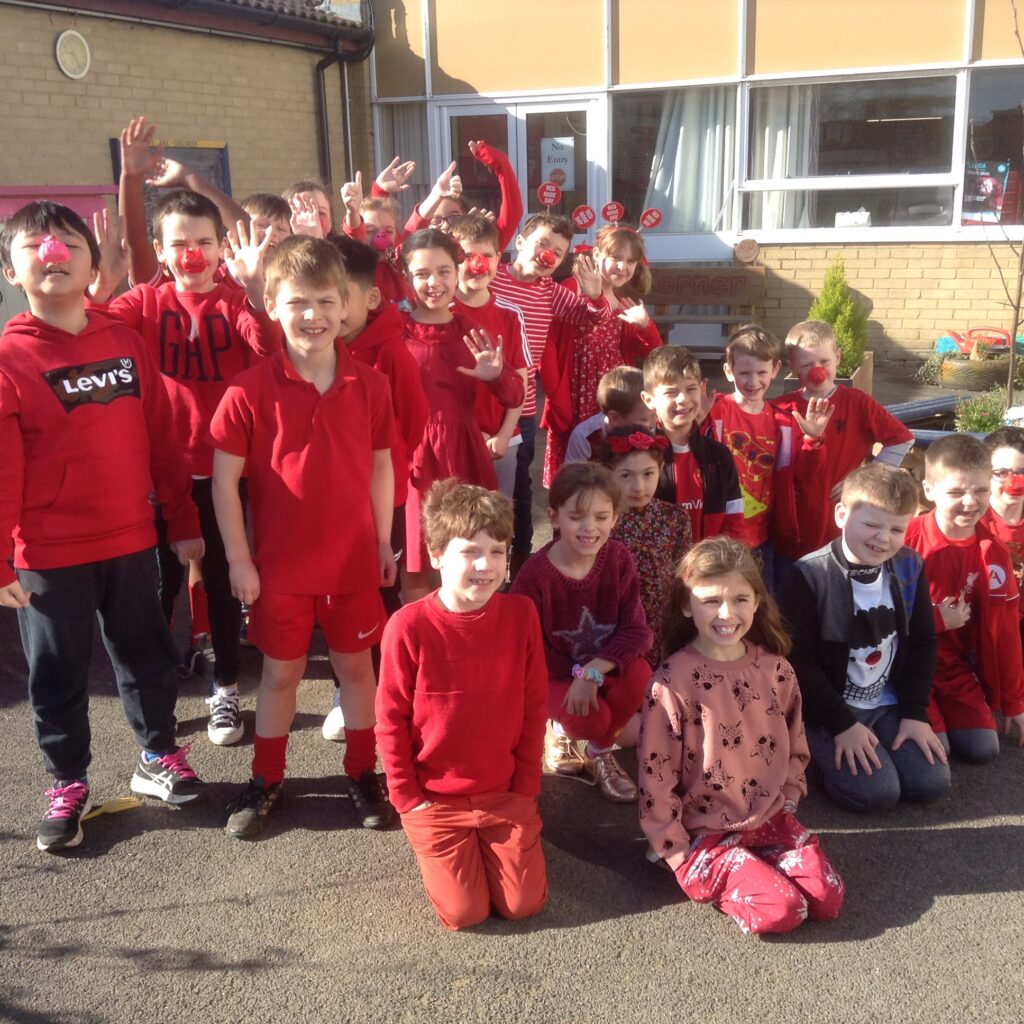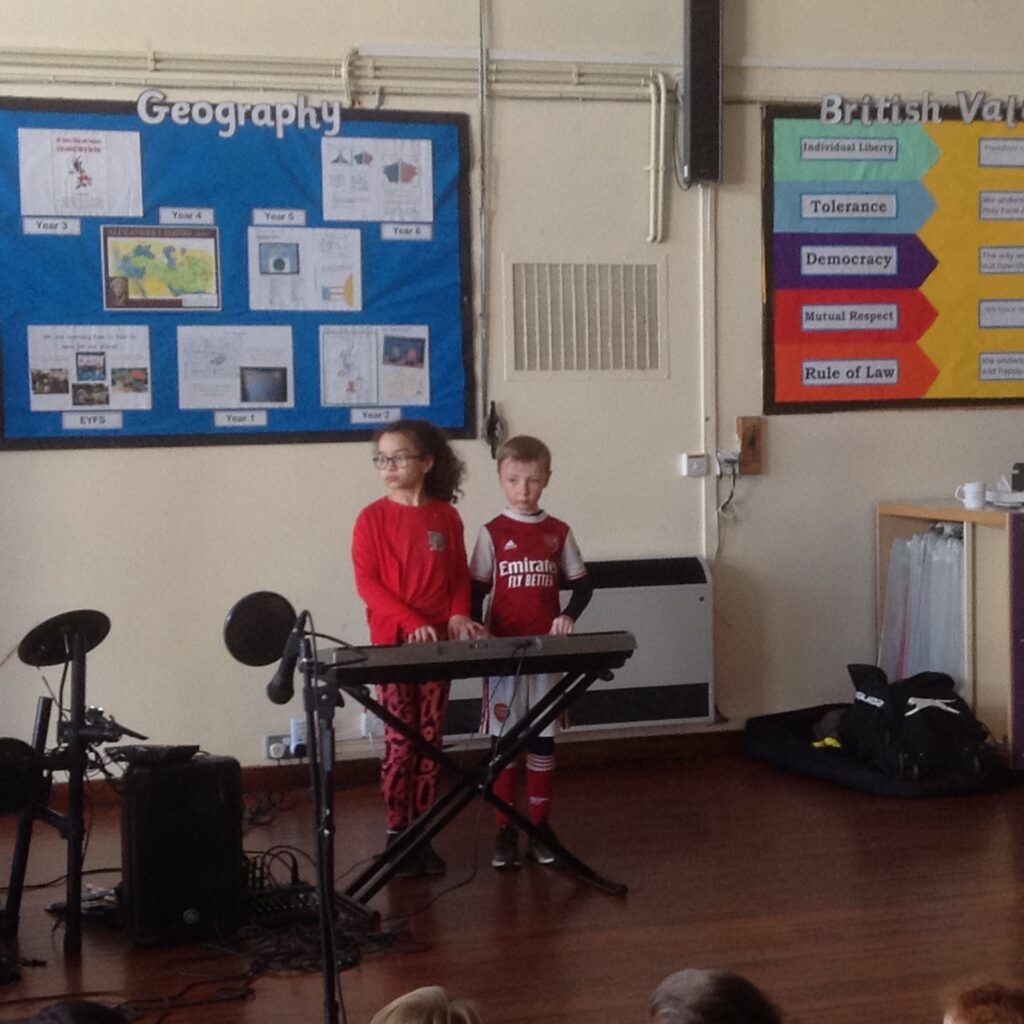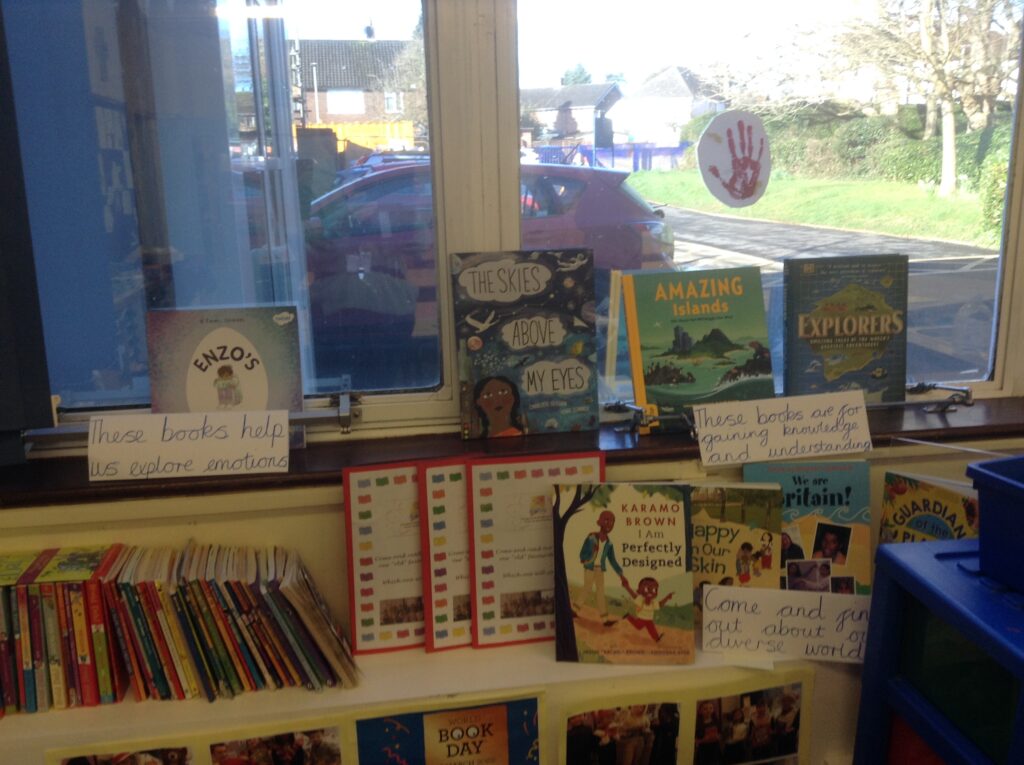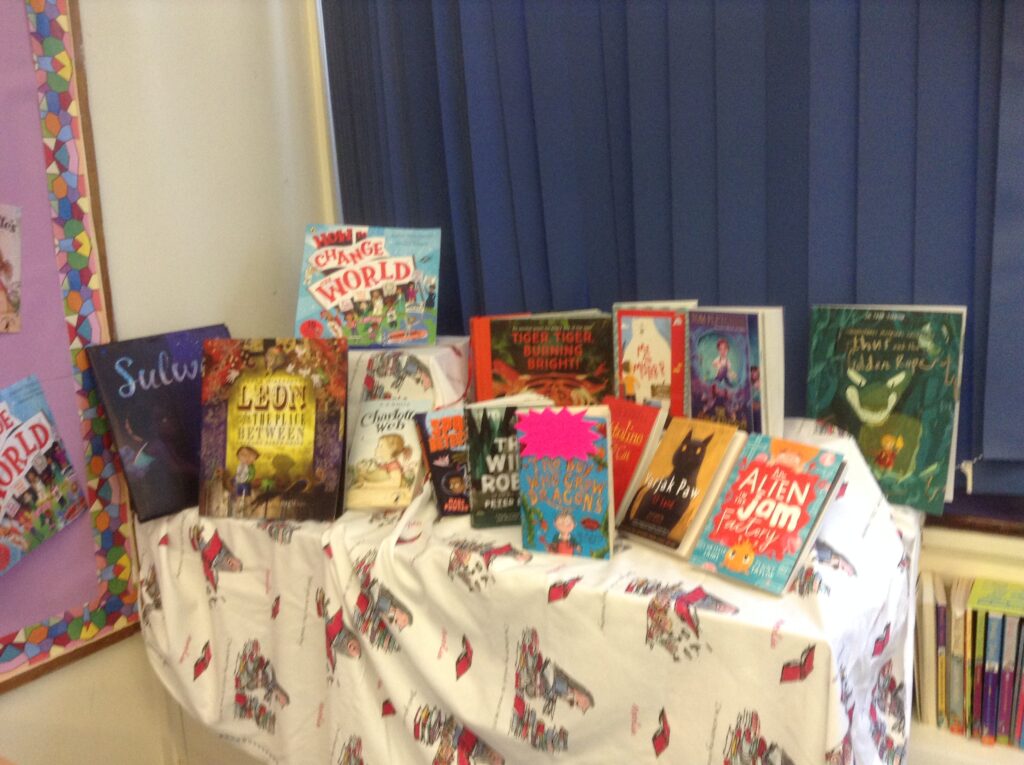The RE topic for the first four weeks of the summer term in year 3 is Pentecost. We will learn about the Ascension, how Jesus promised his disciples the Holy Spirit and how the Holy Spirit was spread amongst His followers. We shall explore how the Holy Spirit inspires Christians, spreading energy; and how the Gifts of the Holy Spirit help Christians lead good lives and serve others. A new way of living was established after Pentecost. Reflecting deeply and carefully about this topic will help children understand how their daily lives are influenced by the Holy Sprit and scripture.
These are the key words and themes of the topic: fire, warmth, wind, energy, power, gifts, Holy Spirit, Rosary, Glorious Mysteries, Pentecost
In Luke, 4: 18-19, we are reminded of how we should use the Gifts of the Holy Spirit to serve others and our community:
“The Spirit of the Lord is upon me, because he has anointed me to bring Good News to the poor. He has sent me to proclaim release to the captives and recovery of sight to the blind, to let the oppressed go free, to proclaim the year of the Lord’s favour.”
The Catechism of the Catholic Church emphasises our share in this Pentecostal gift:
“Those, who with God’s help, have welcomed Christ’s call and freely responded to it, are urged on by love of Christ to proclaim the Good News everywhere in the world. This treasure, received from the apostles, has been faithfully guarded by their successors. All Christ’s faithful are called to hand it on from generation to generation, by professing the faith, by living it in fraternal sharing, and by celebrating it in liturgy and prayer.”
(CCC Prologue )
Prayer and Reflection
Father, pour out your Spirit
upon your people,
and grant us
a new vision of your glory,
a new faithfulness to your Word
and a new consecration to your service,
that your love may grow among us,
and your kingdom come:
through Christ our Lord.
Amen.
(Prayer of preparation for Vatican II)
Home Learning
Think about the Gifts of the Holy Spirit:
Wisdom – that is the gift to be sensible and not to jump to conclusions but be thoughtful.
Understanding – enables people to be compassionate and to take time to find out and be able to appreciate what is happening.
Counsel – means using wisdom and understanding to come to a good decision about something.
Fortitude – there are times when everyone needs to be brave in standing up for what they believe to be right and holy.
Knowledge – without knowledge you cannot make right judgements or have an understanding. It takes practice to have true knowledge.
Piety – this is about reverence and respect for God, for one another and for oneself.
Fear of the Lord – this gift enables people to recognise the awe and wonder of God and be amazed by the love and goodness of God.
R E Homework
Create a montage or picture to depict one, some or each of the gifts of the Holy Spirit. Show, through words or pictures or both, how the gift is used by believers today to serve others. You may want to quote from the scripture we will be reading at school to show how people are inspired by the Holy Spirit to use and share these Gifts.
Matthew 28: 1-10, John 16: 5-7, 1 Corinthians 12: 4-8, 11, Acts 1: 6-11, Acts 2 1_18, 43
You could draw your ideas, or create a collage, or use another medium to represent your ideas. You could include symbols of the Pentecost on your piece of work – flame, wind, a dove, the colour red.
We look forward to seeing your individual pieces of learning, which are due in by Wednesday 11th May.
